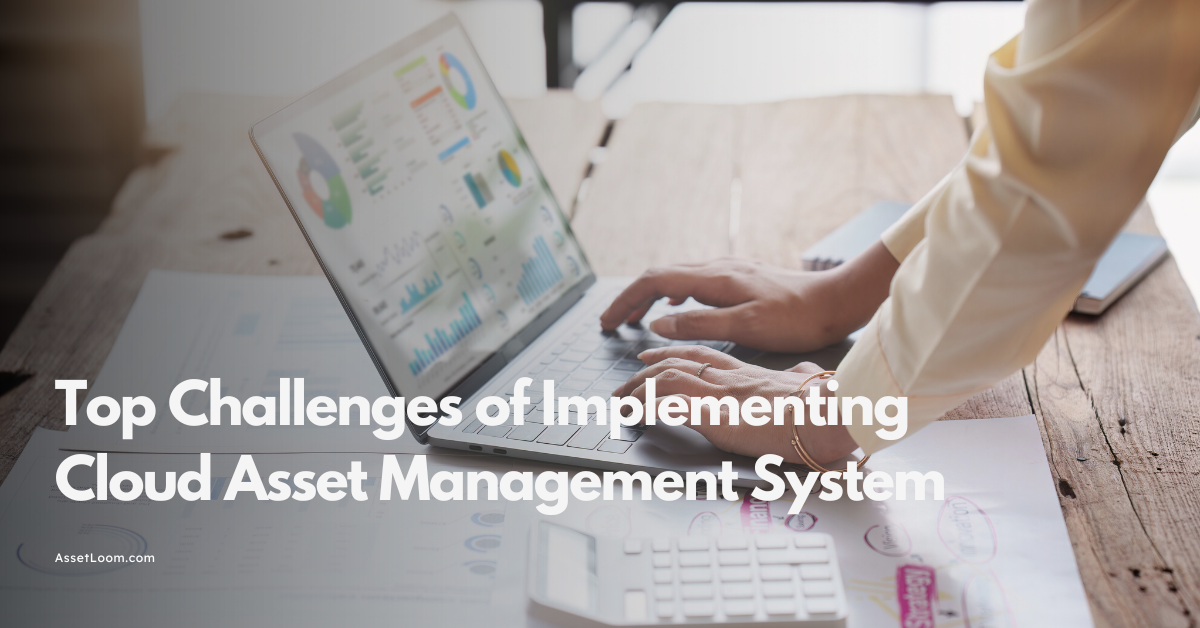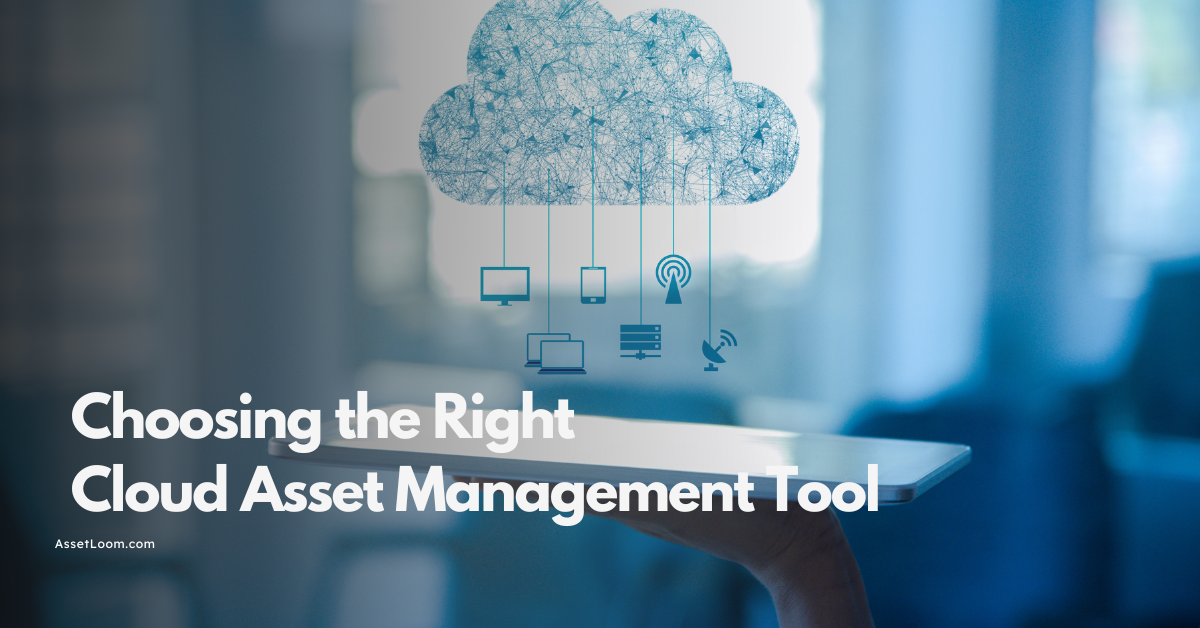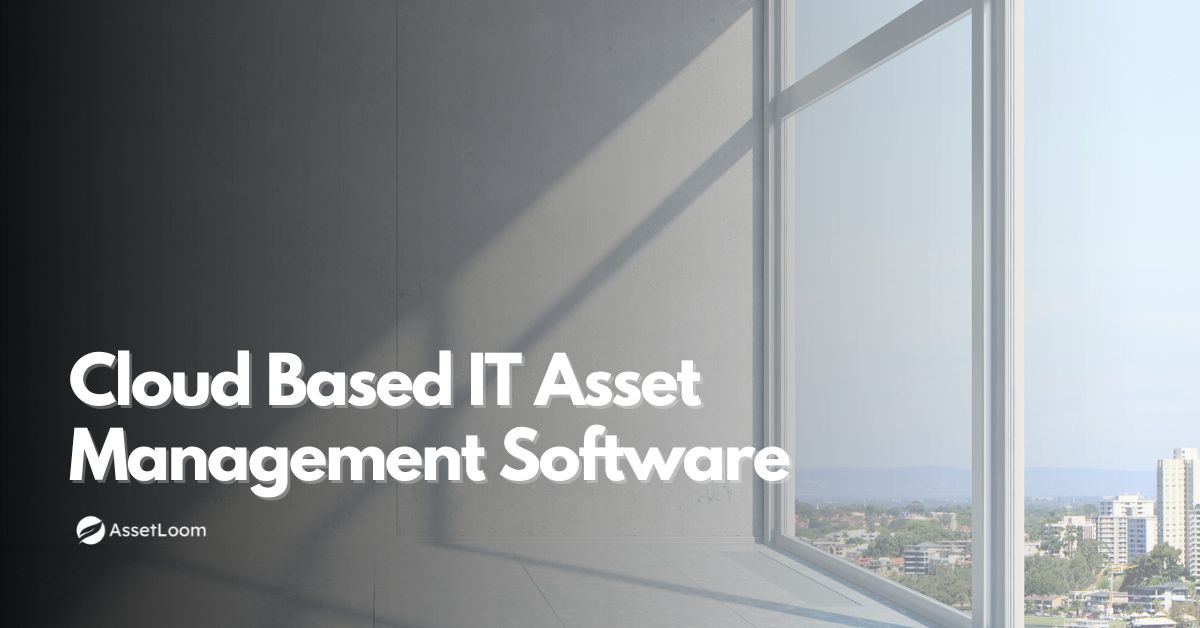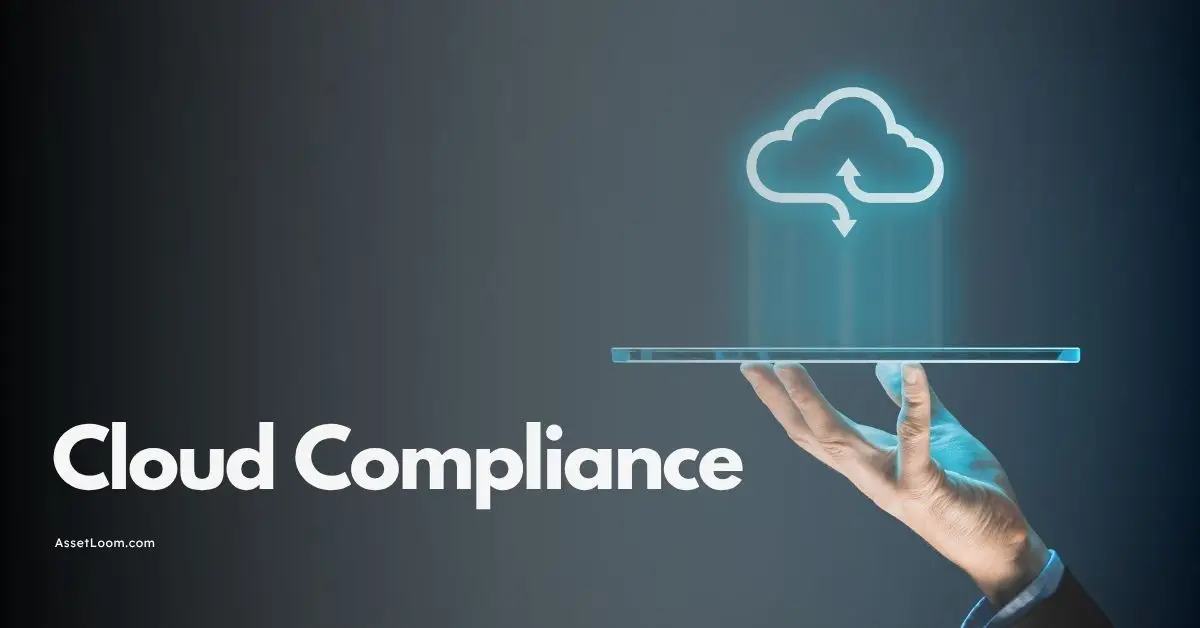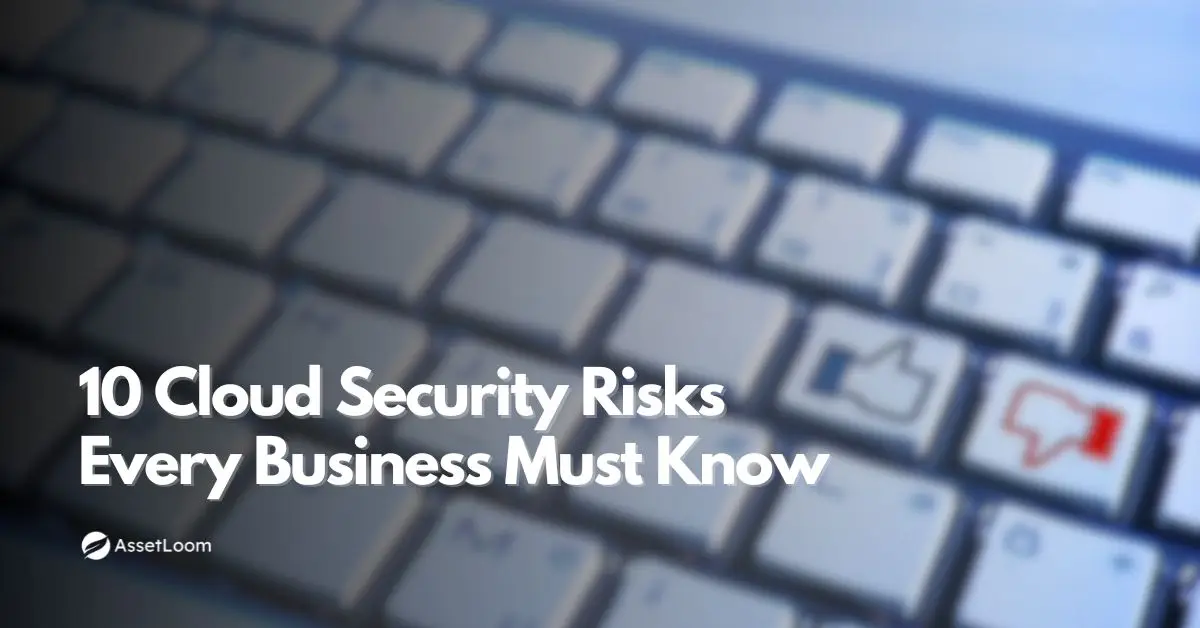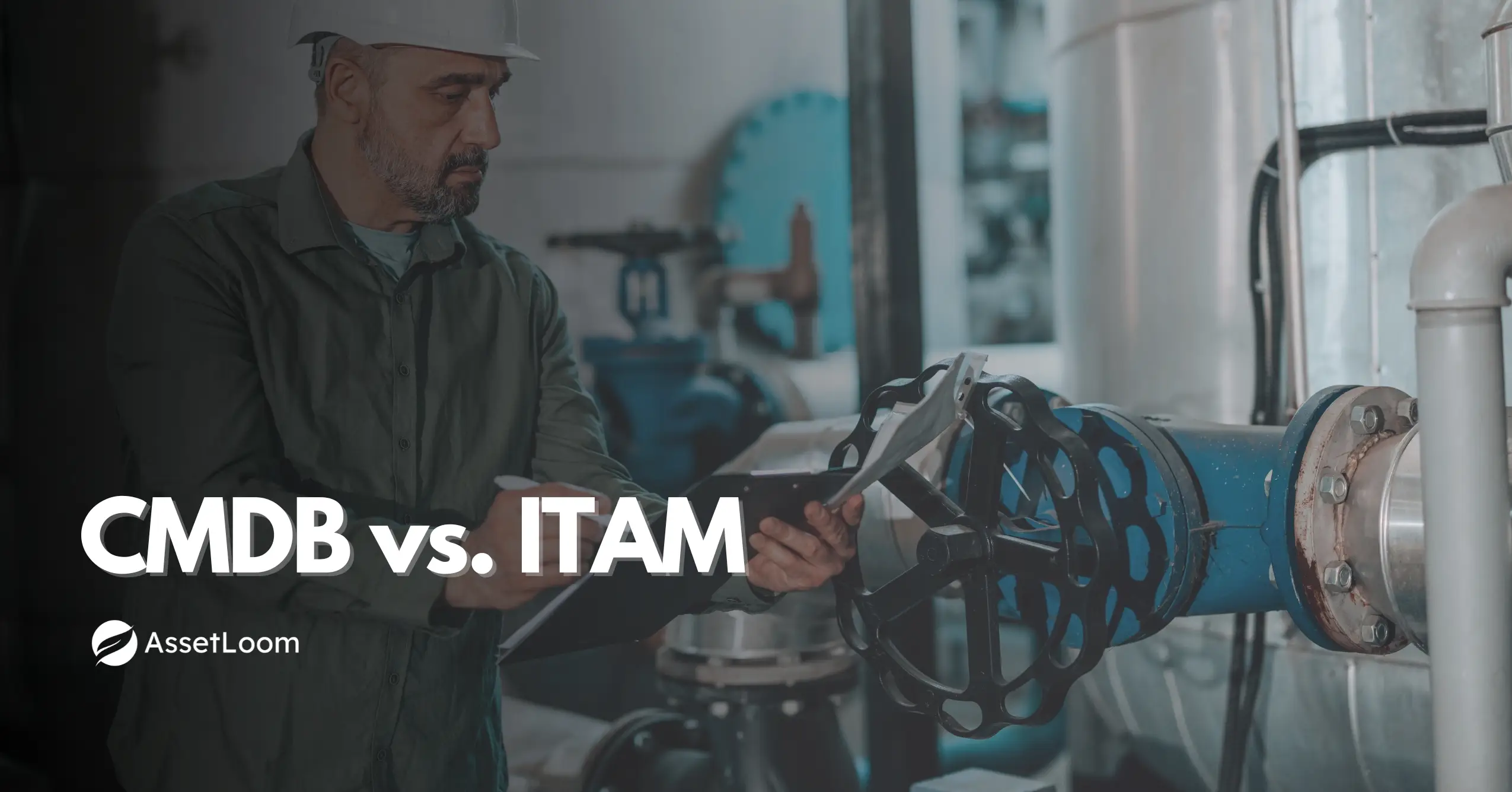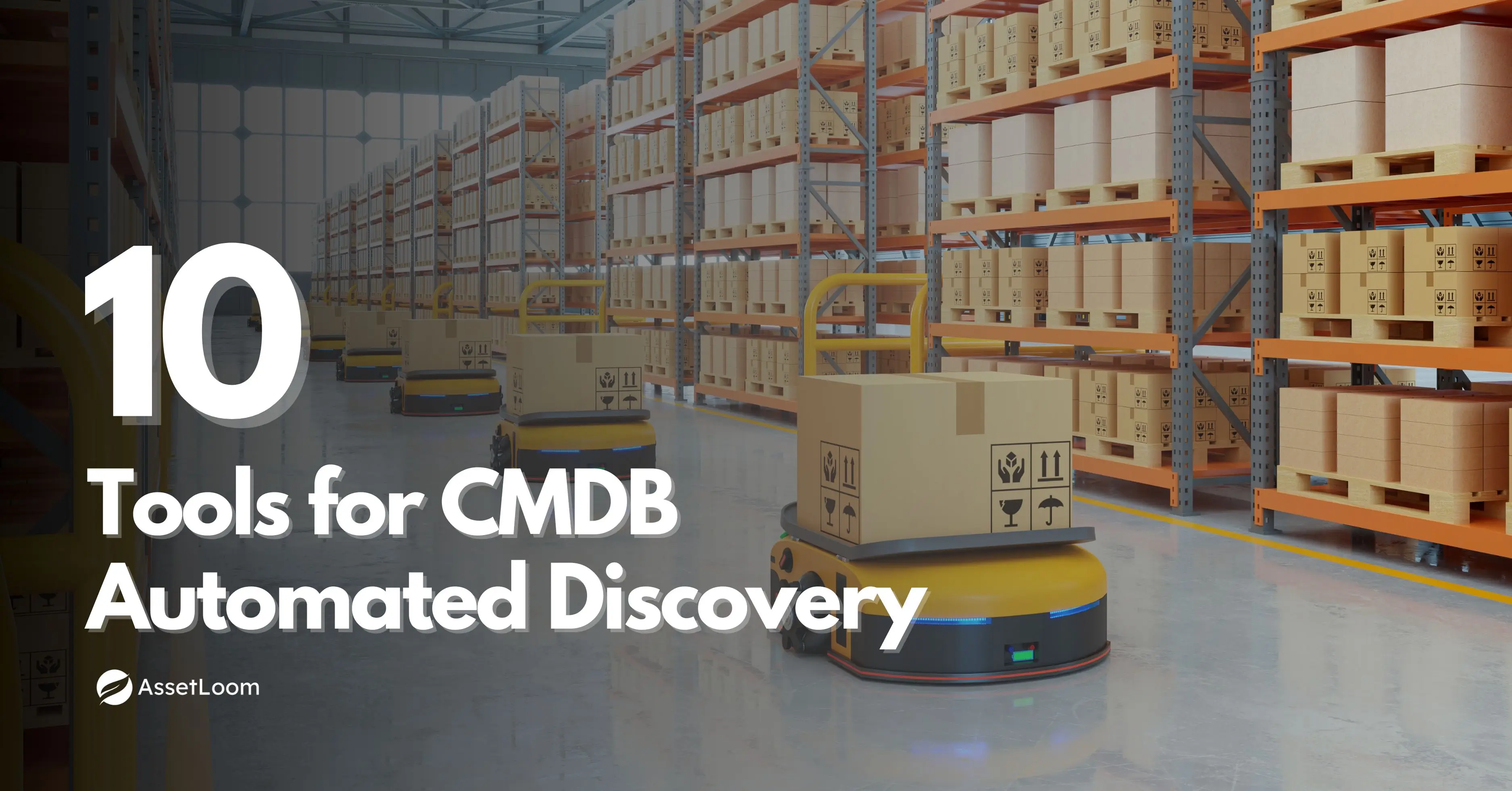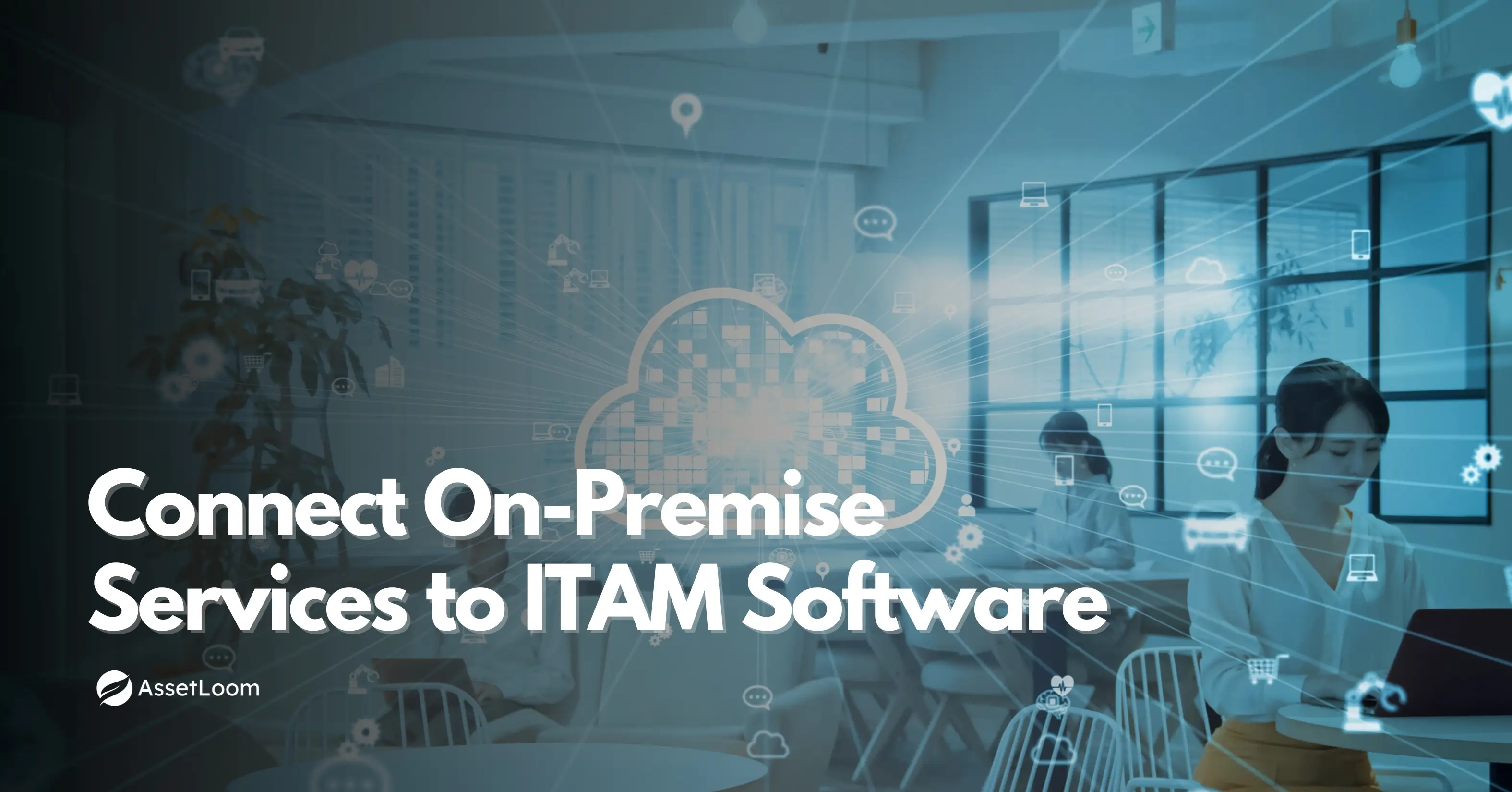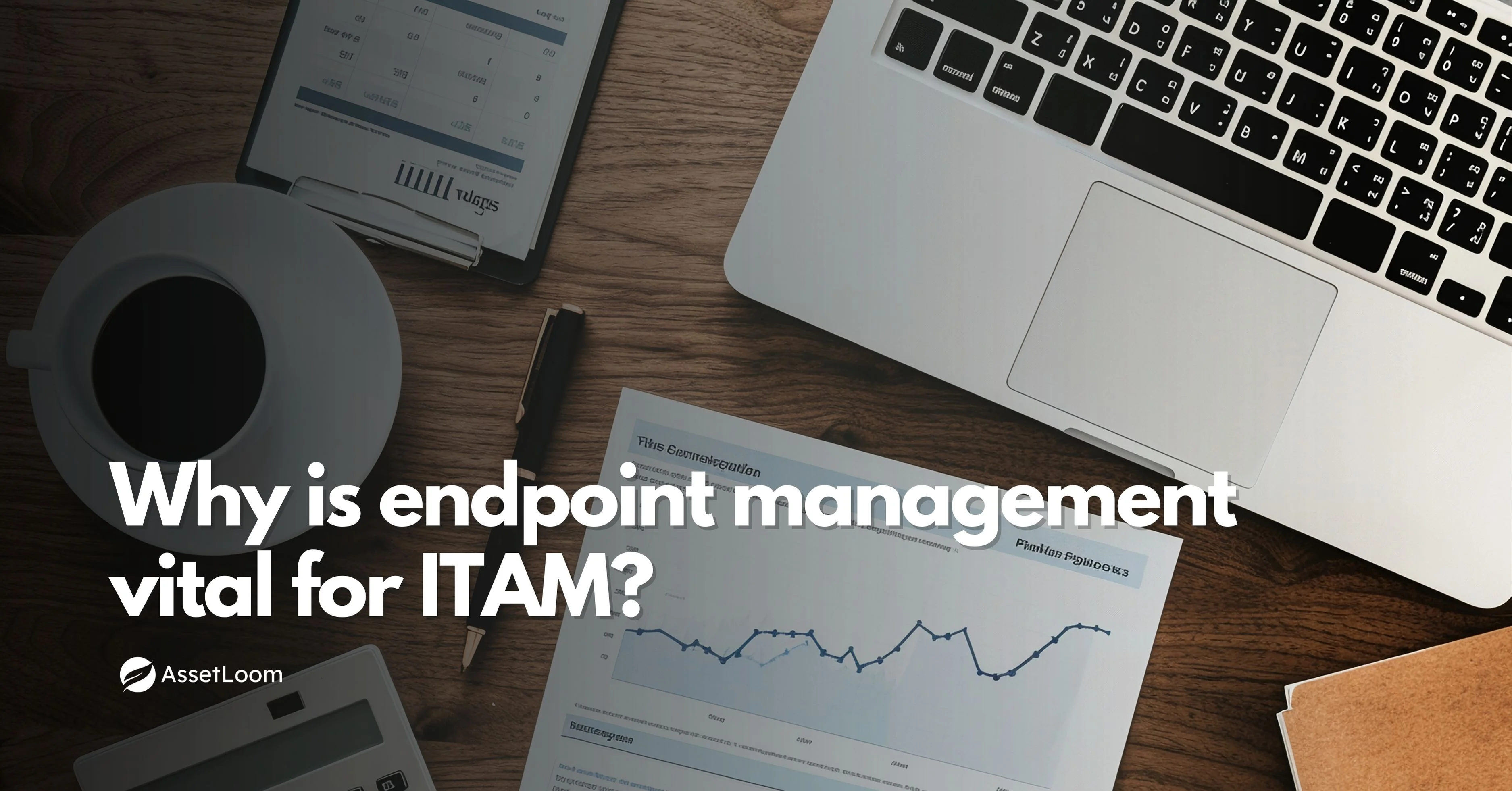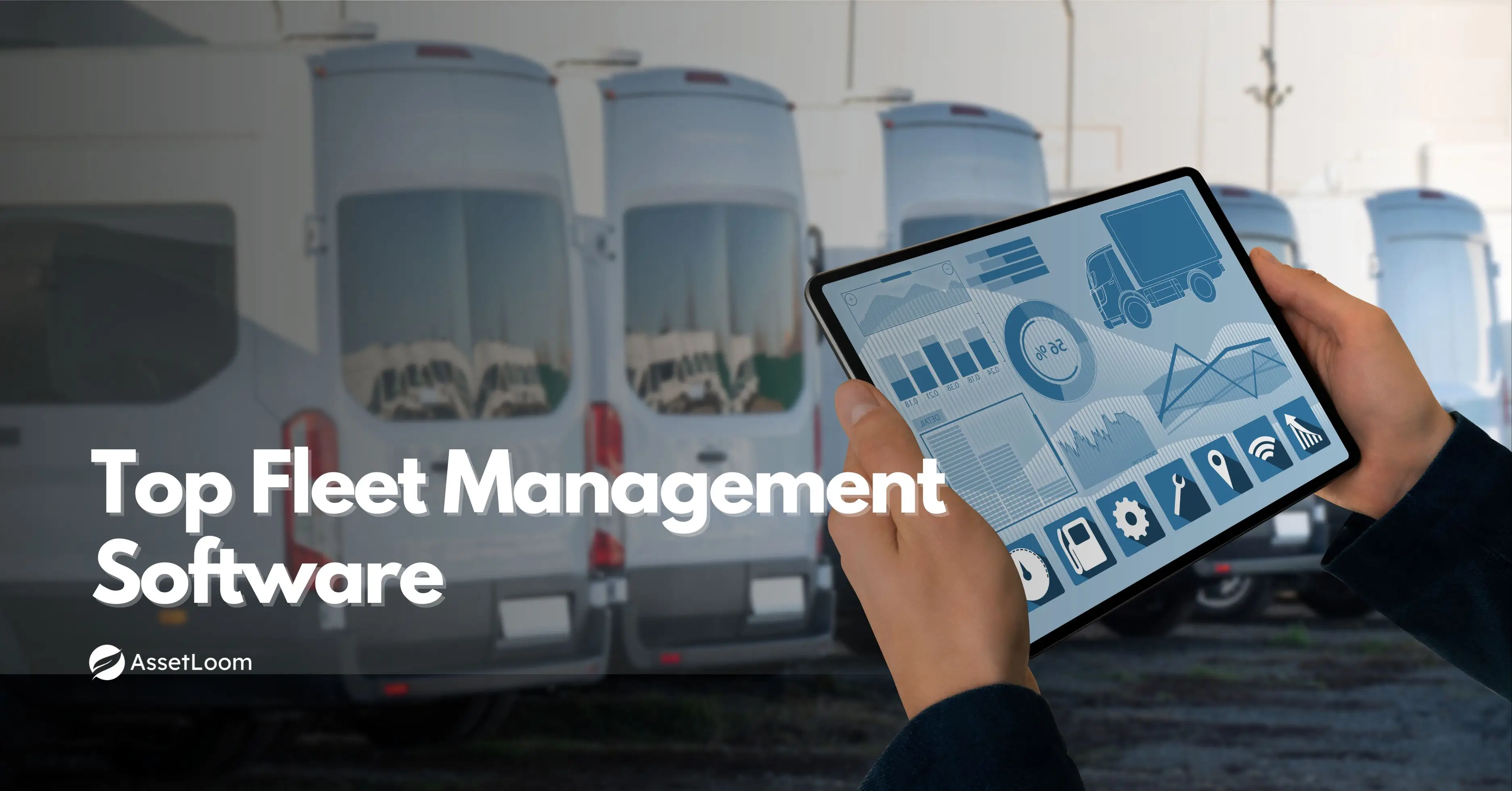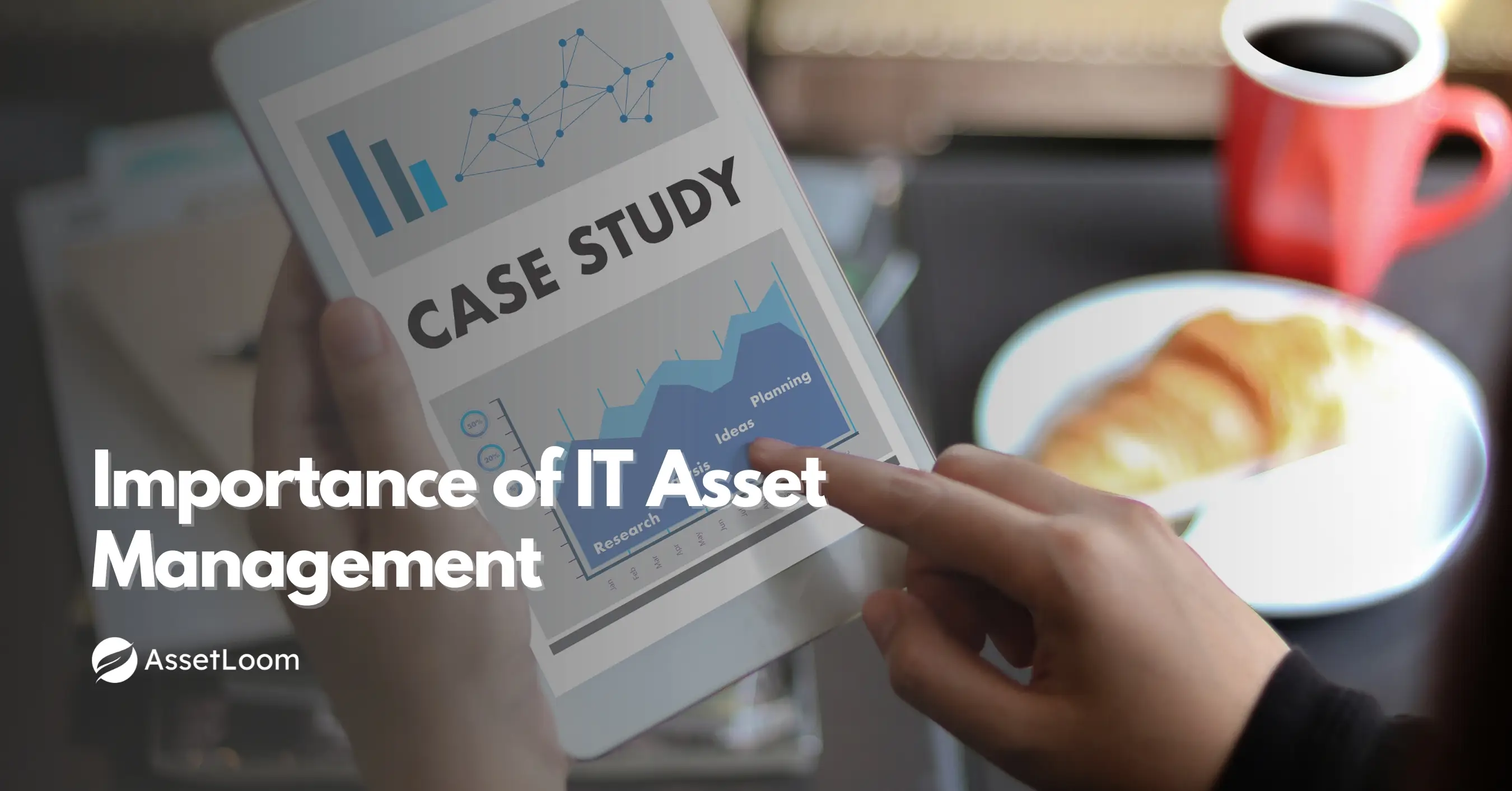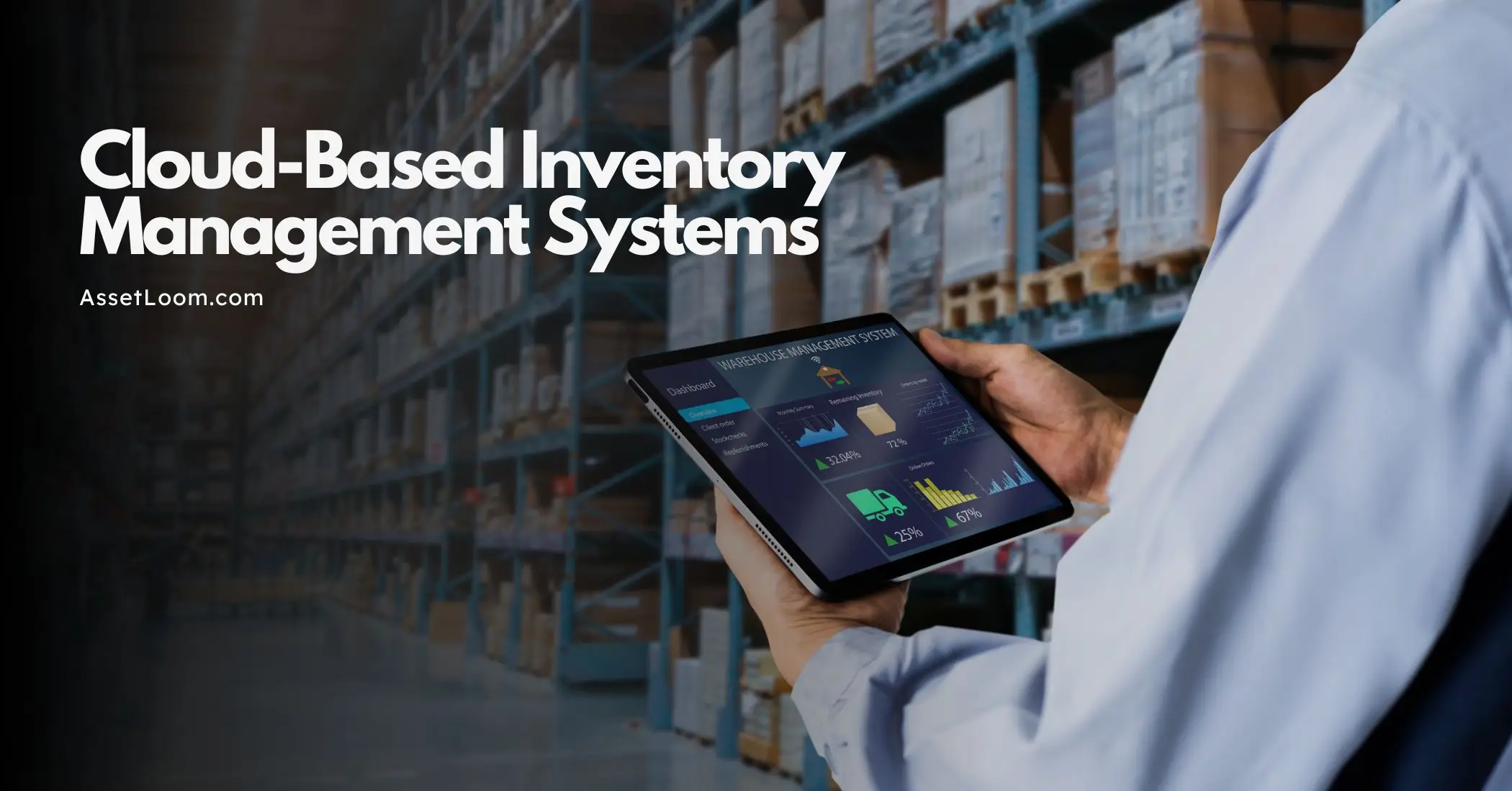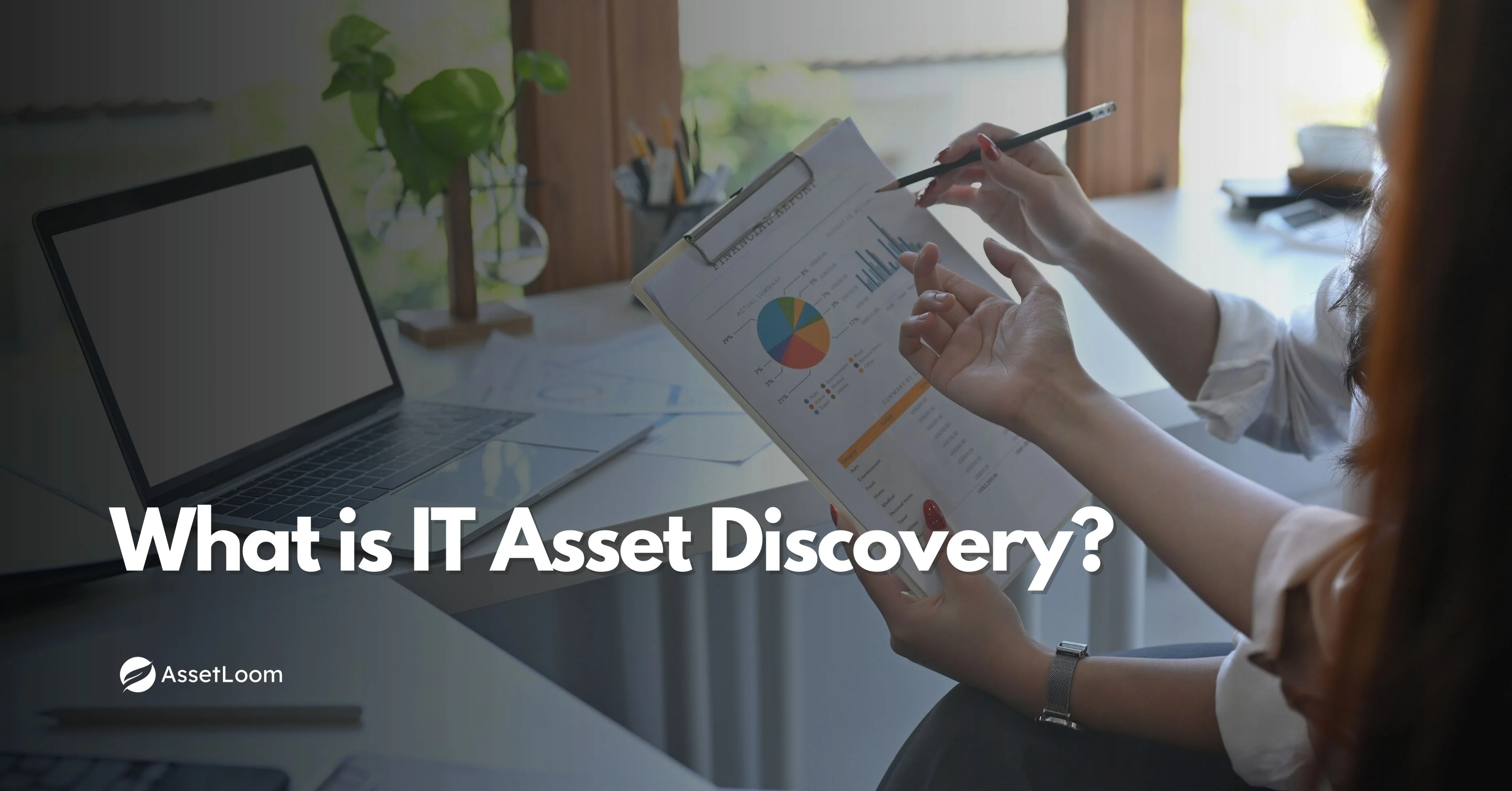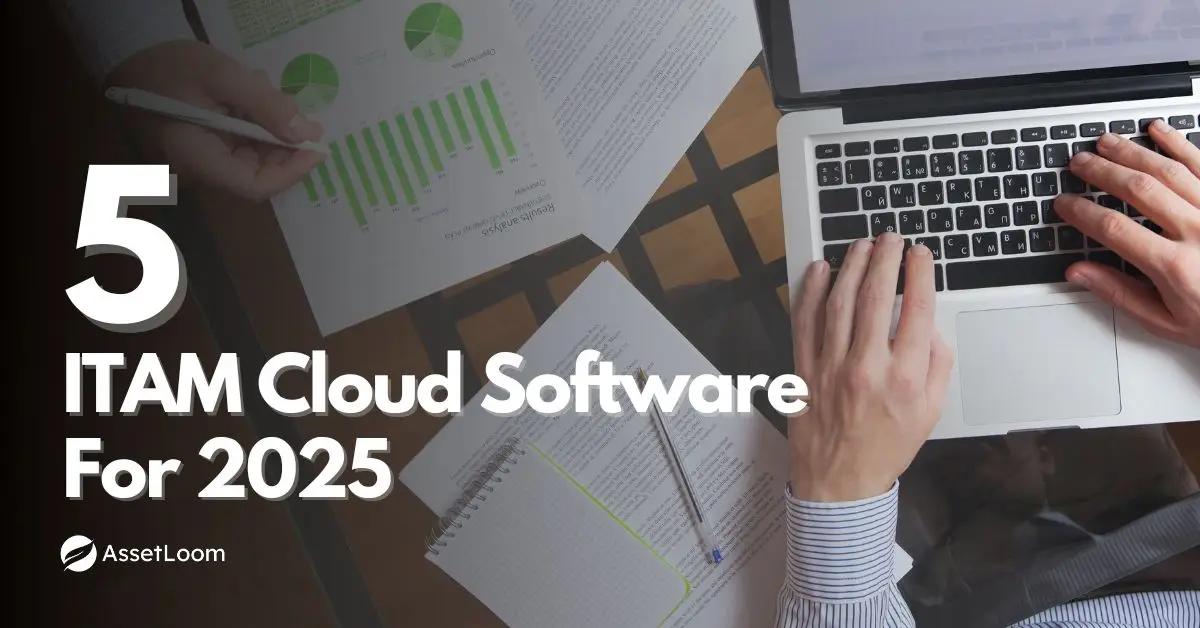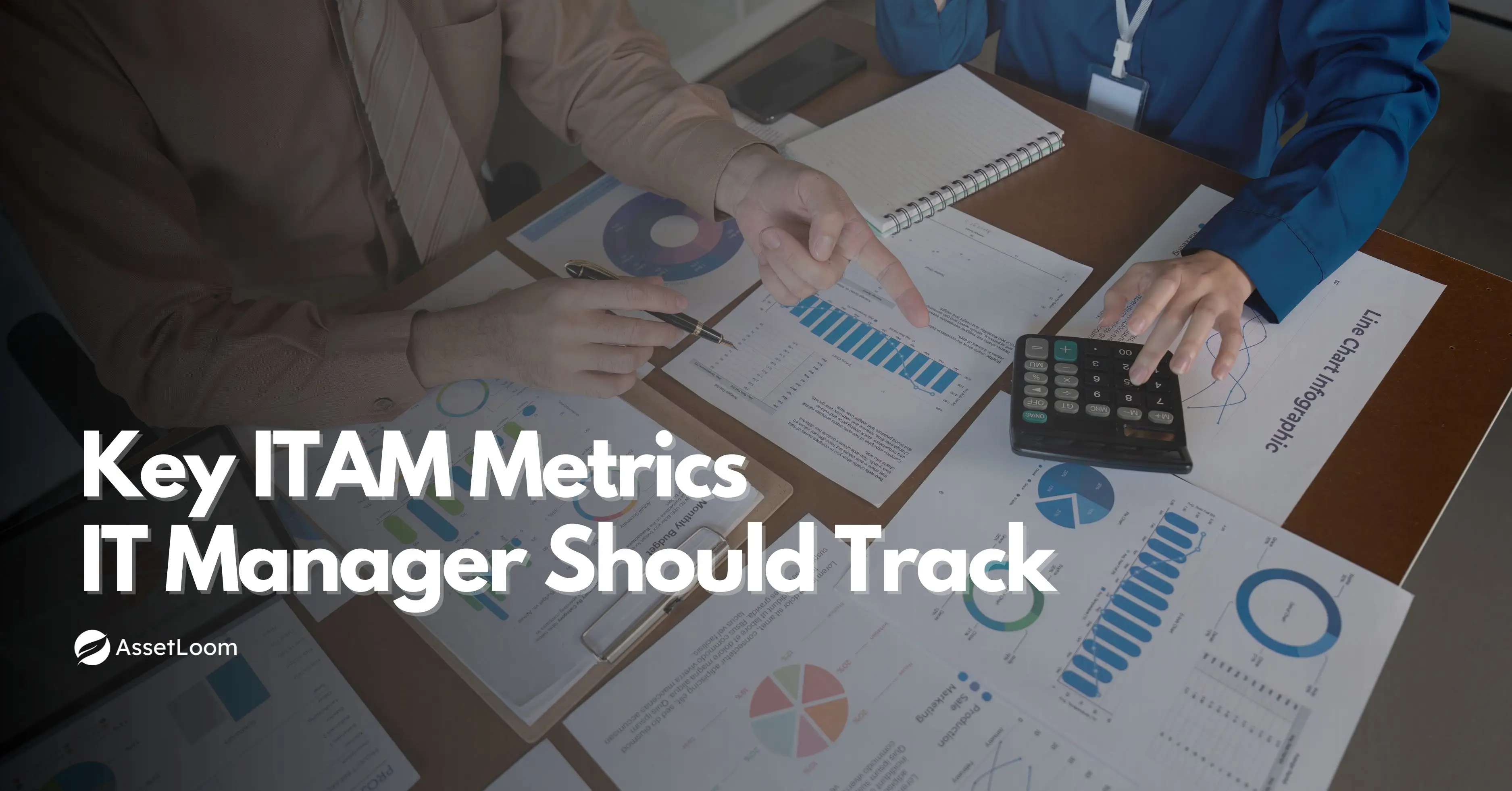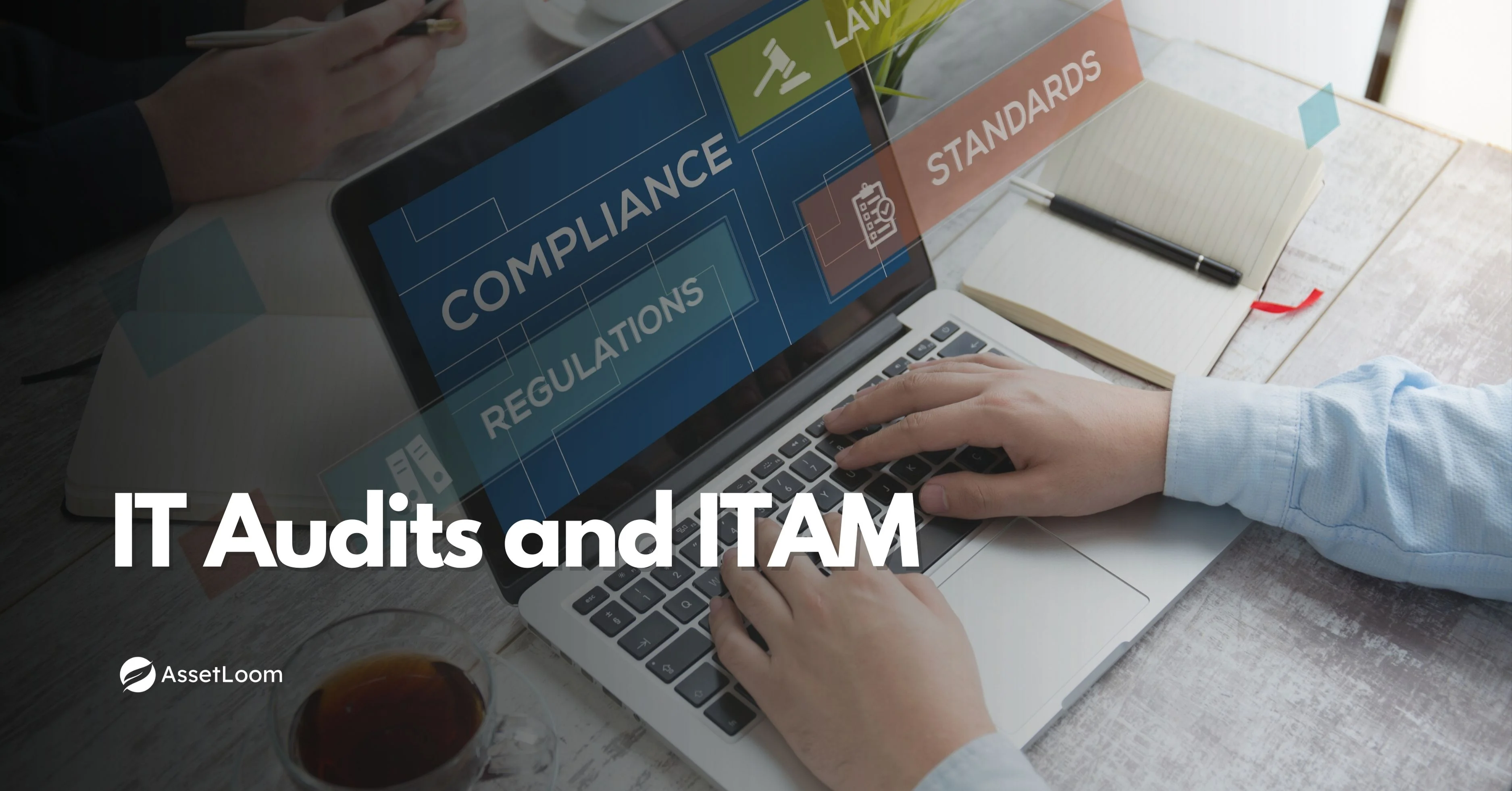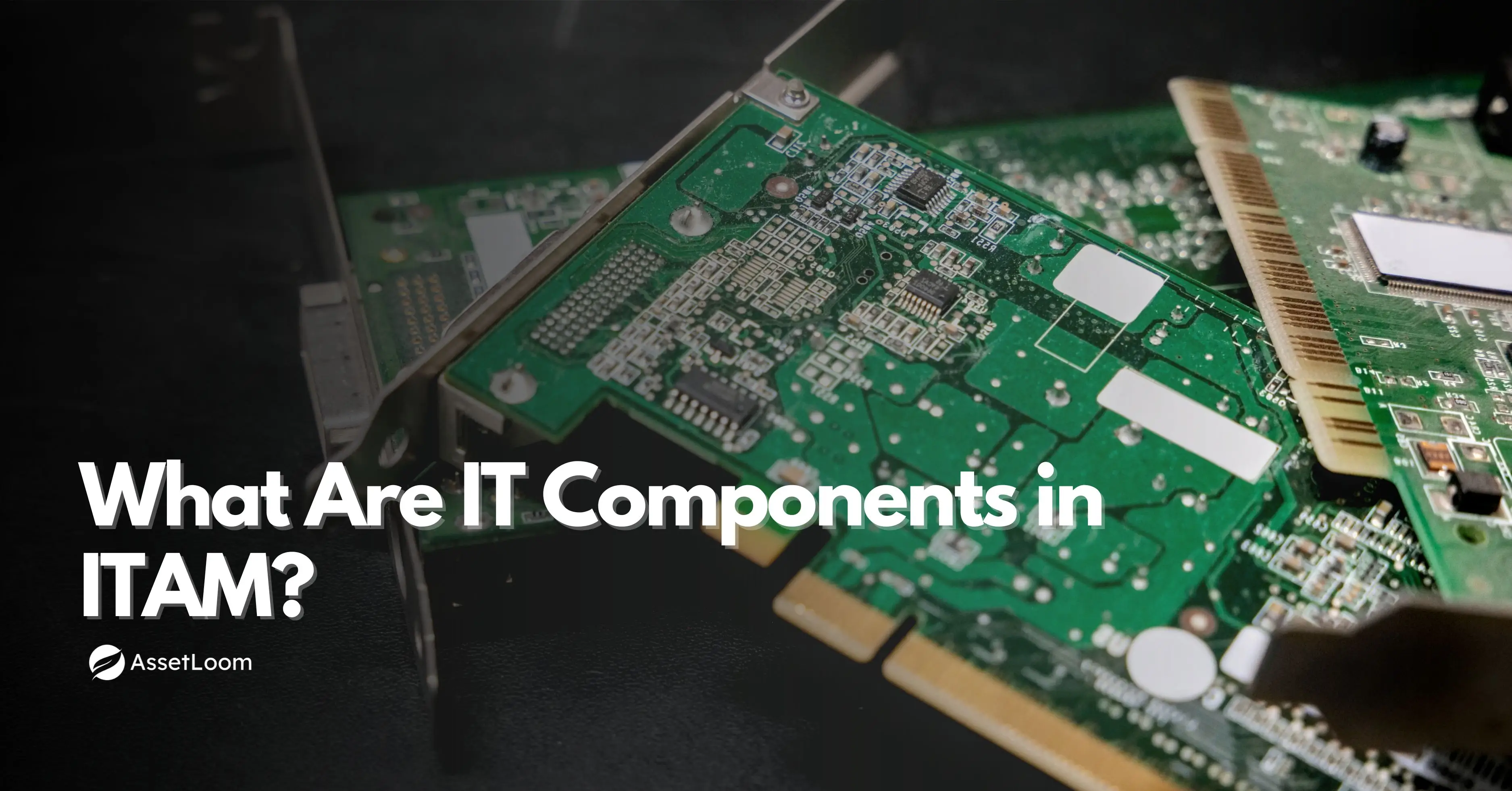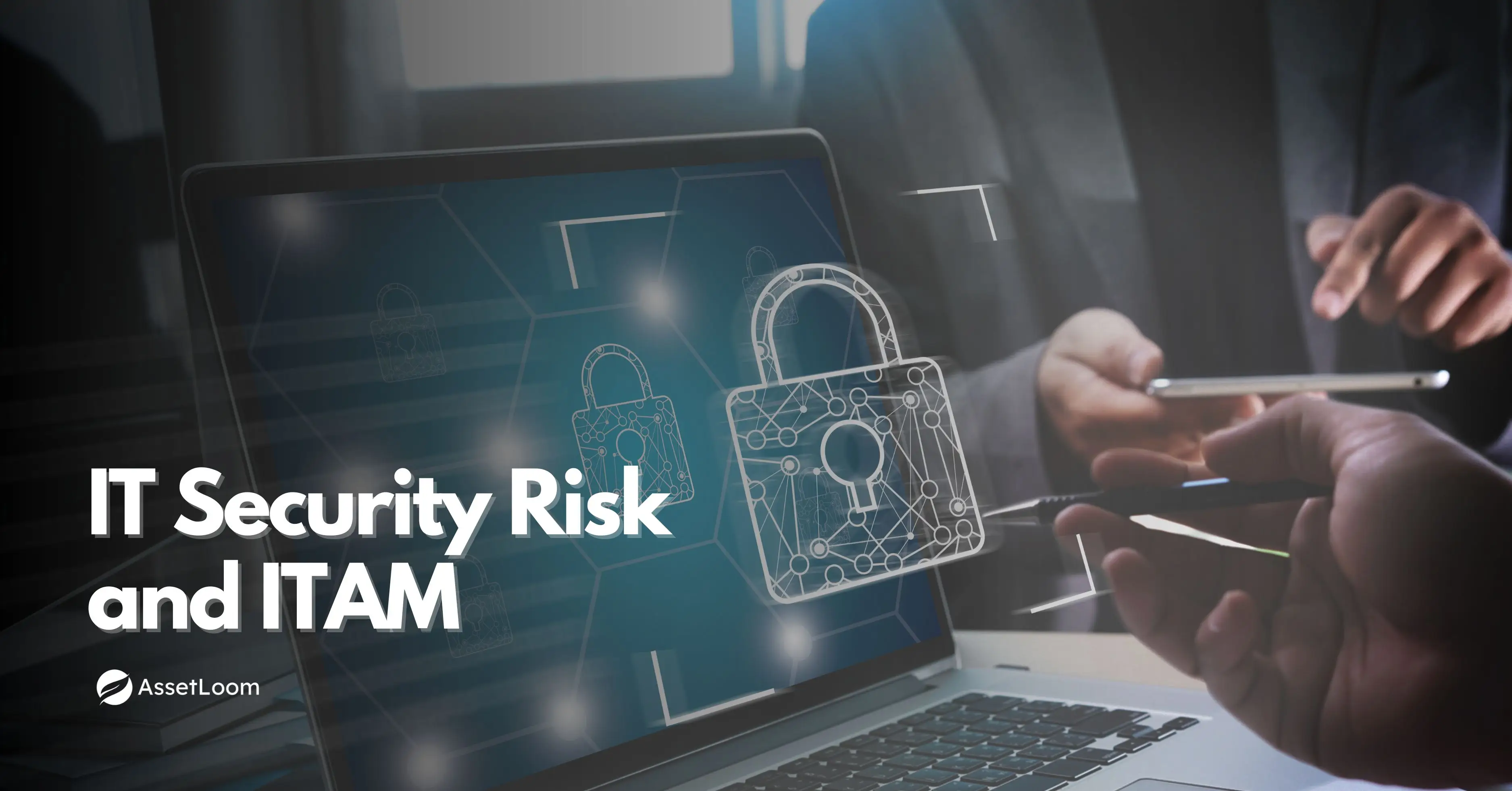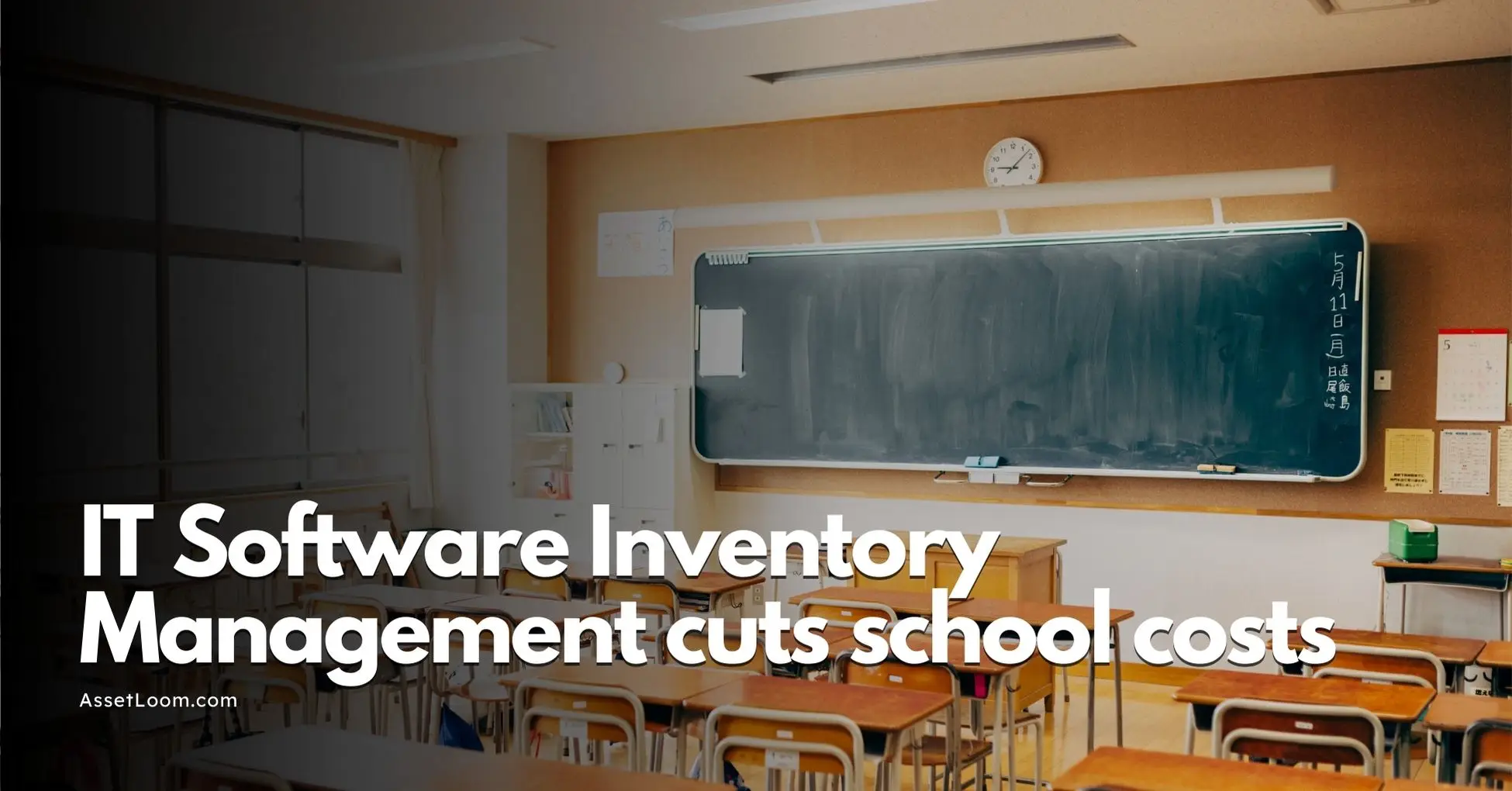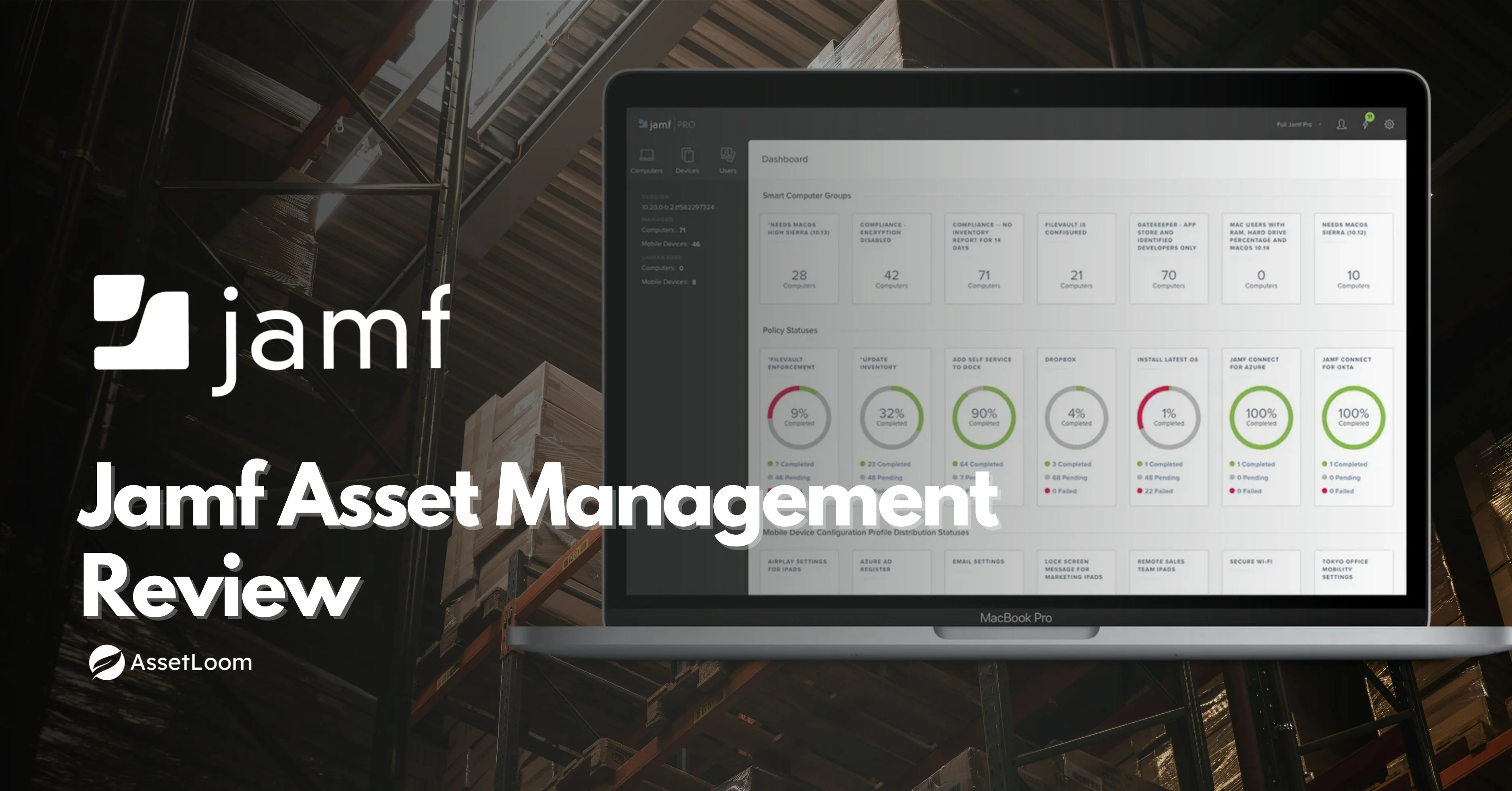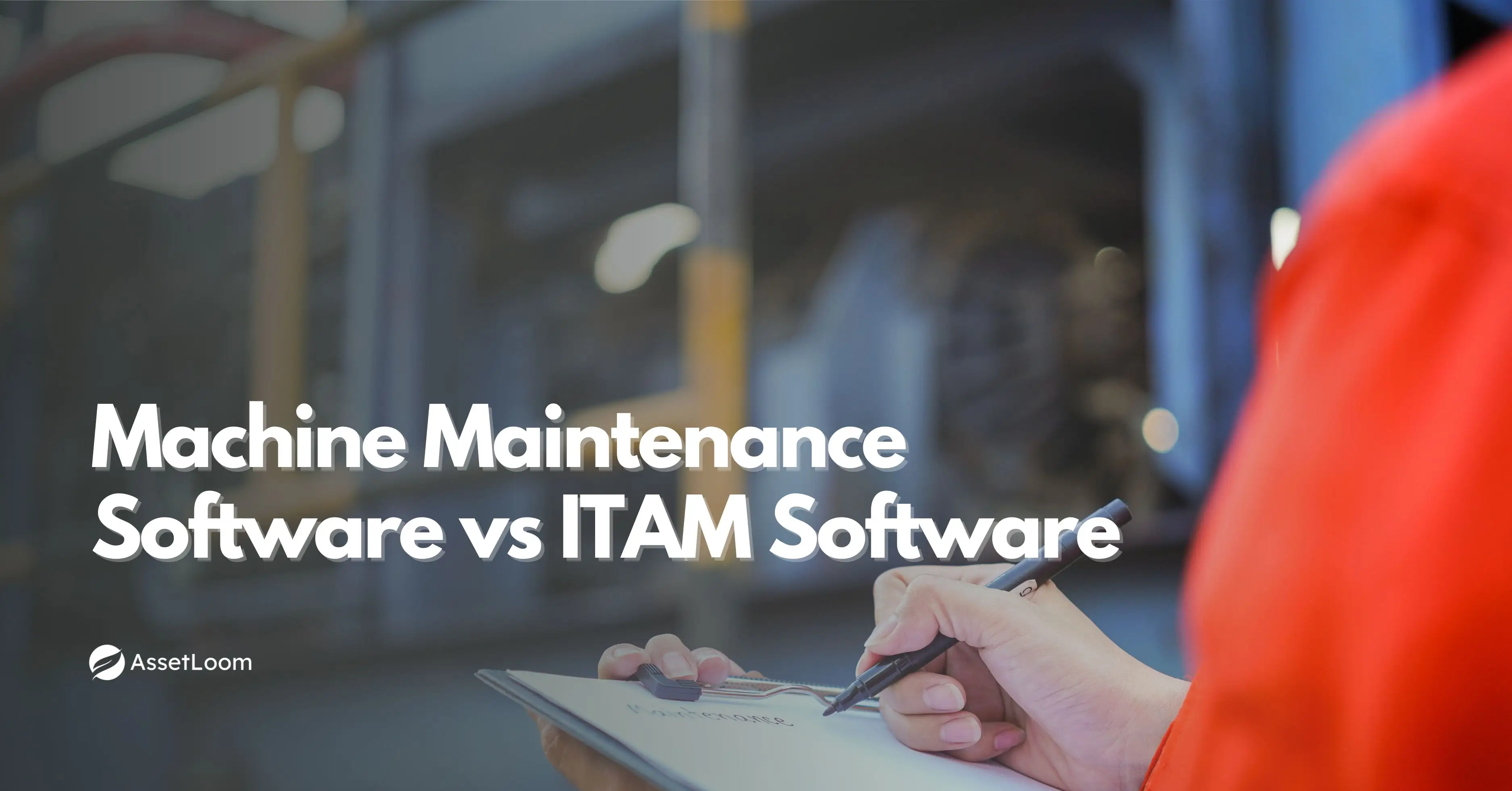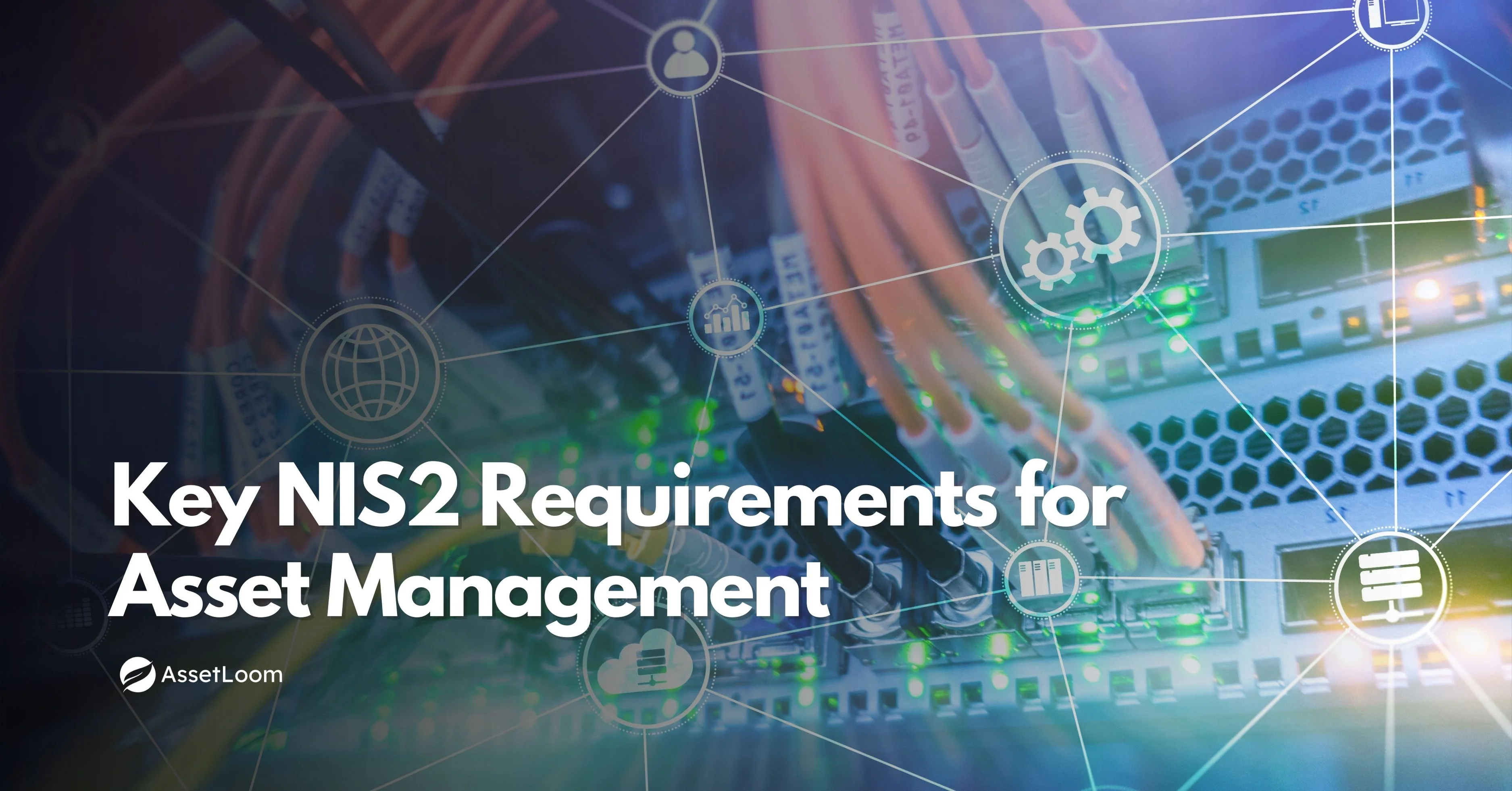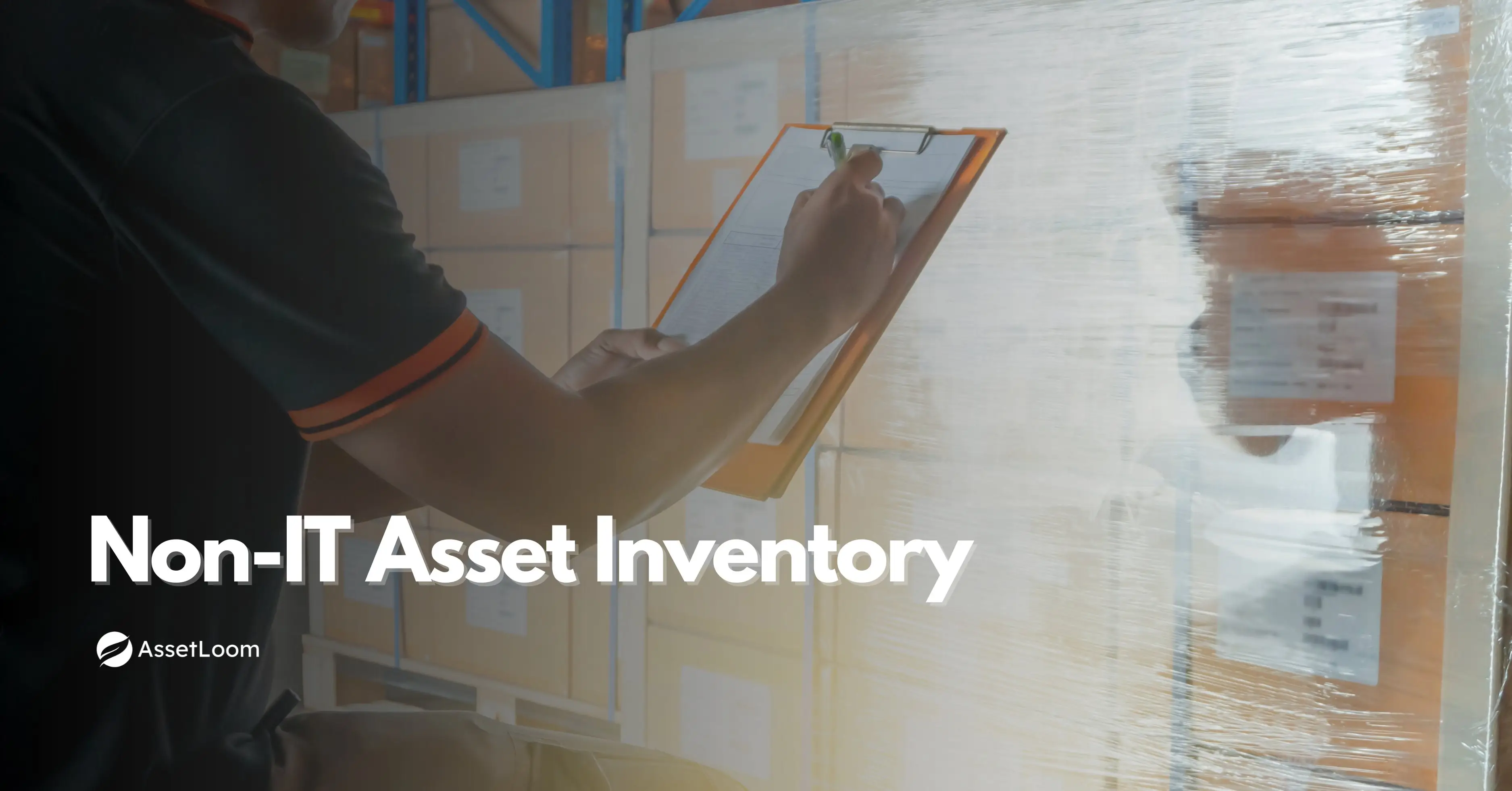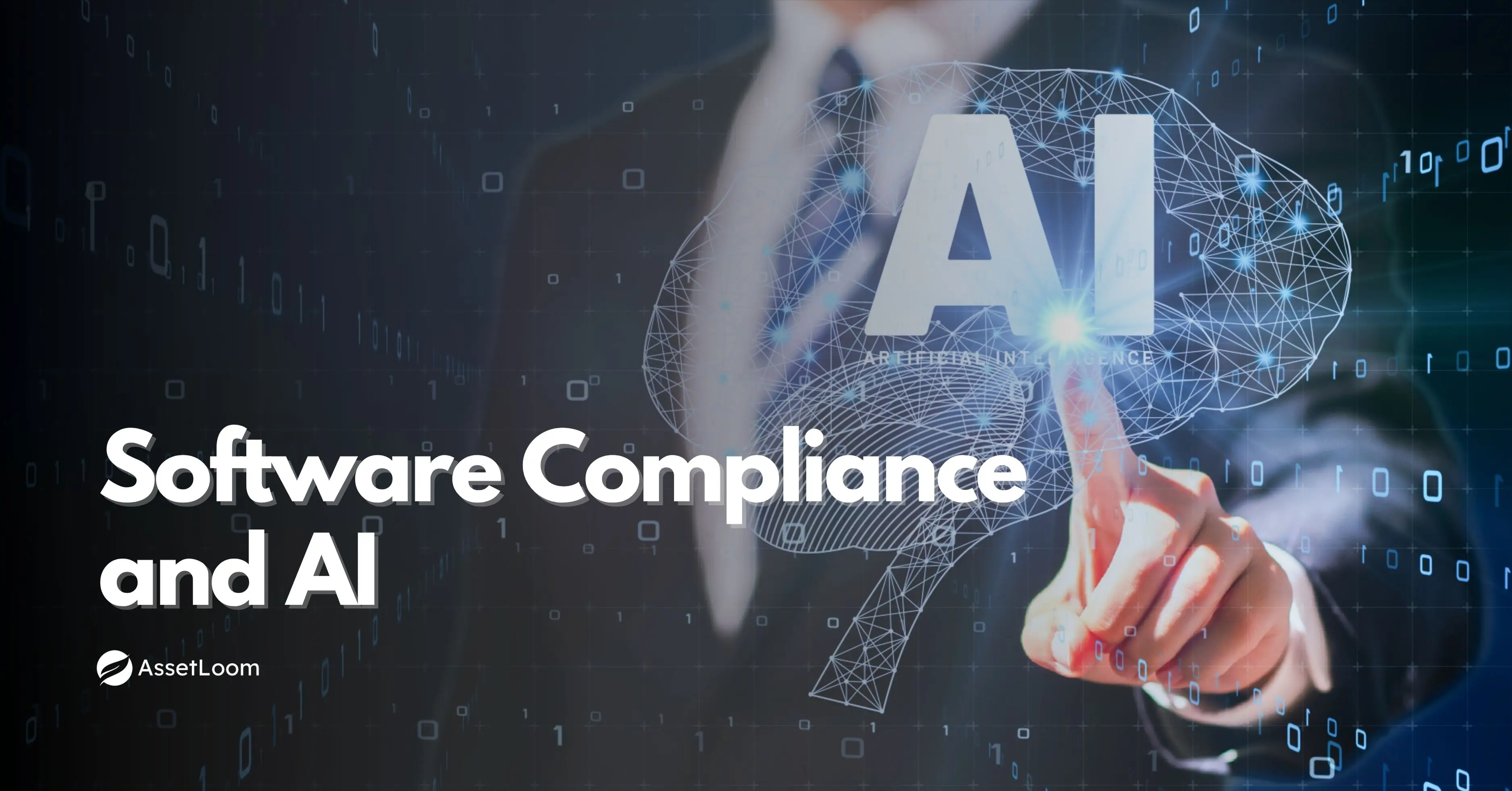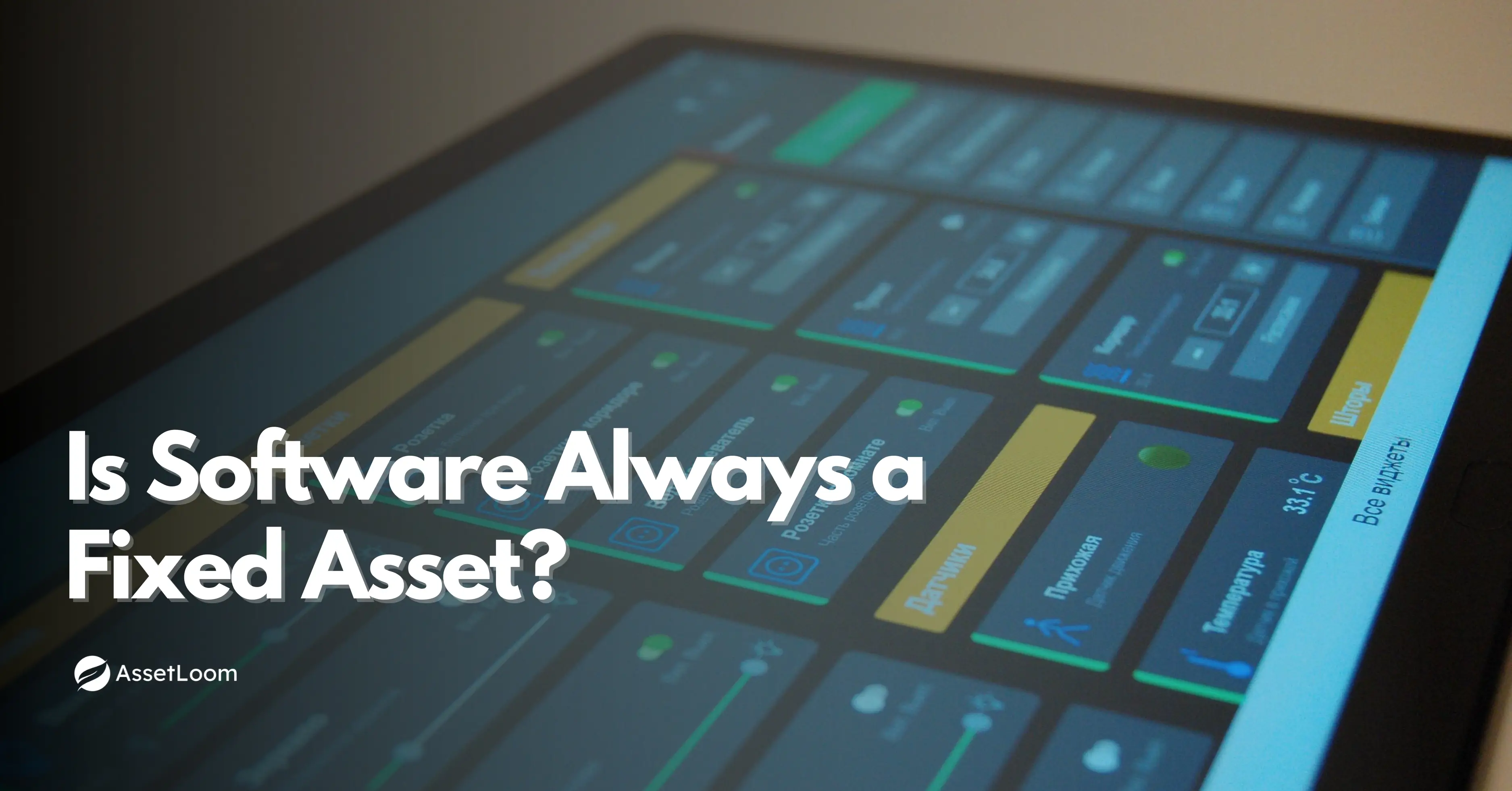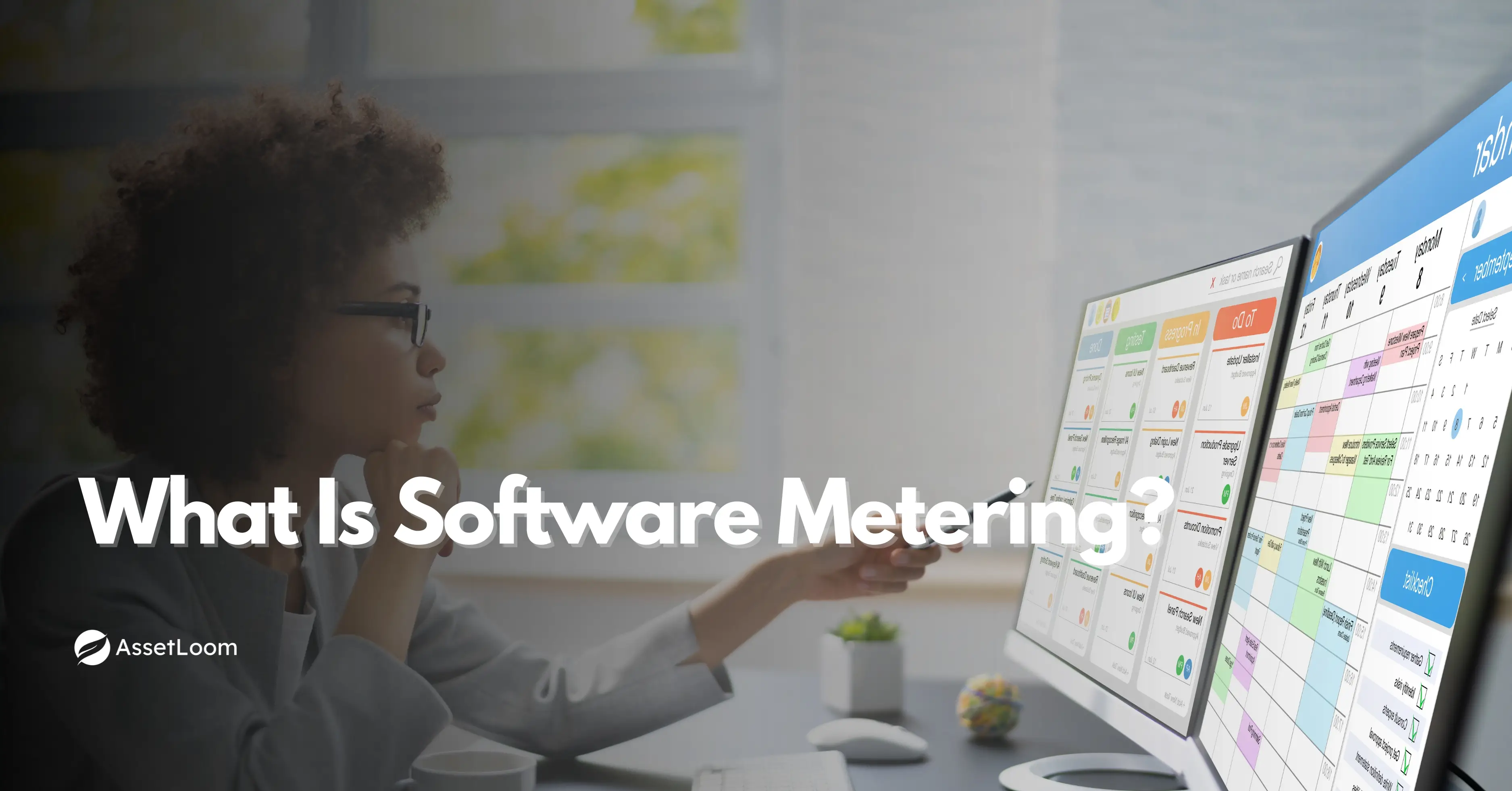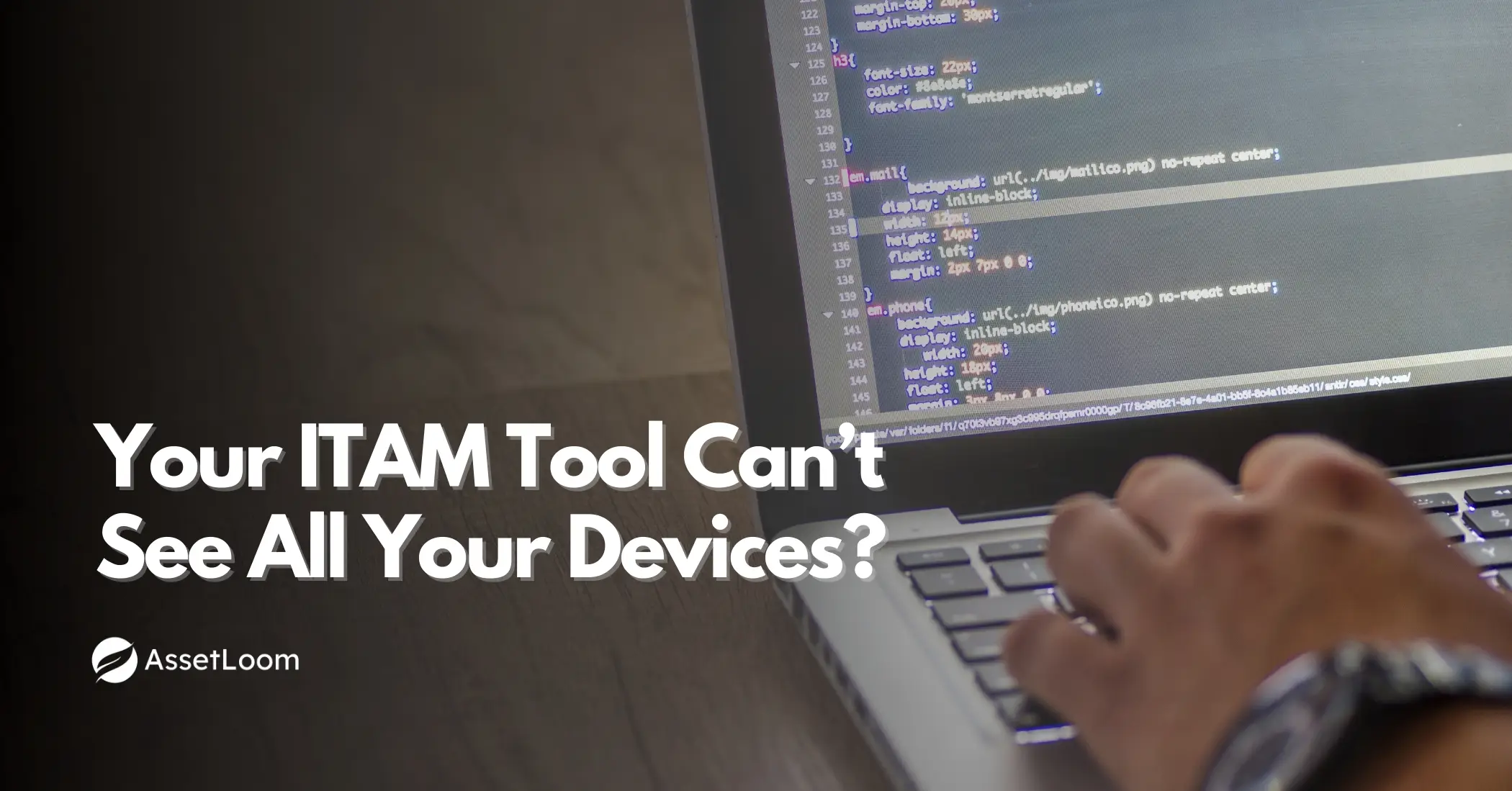What is Cloud Infrastructure Management (CIM)?
Cloud Infrastructure Management (CIM) optimizes, secures, and scales cloud resources to ensure cost-efficiency, performance, and security for businesses.
Cloud Infrastructure Management (CIM) can be a challenging task. With so many resources to manage, such as virtual machines, storage, and networks, it’s easy for things to slip through the cracks. As more businesses move to the cloud, finding an effective way to handle these resources has become increasingly important.
CIM is the practice of overseeing and managing everything that makes up your cloud environment, ensuring everything runs smoothly and efficiently. It’s not just about keeping things operational; it also helps businesses ensure their cloud resources are secure, cost-effective, and performing at their best.
What is Cloud Infrastructure Management (CIM)?
Cloud Infrastructure Management (CIM) is all about managing and optimizing the resources that make up your cloud environment. These resources include things like servers, storage, networks, and security systems. The goal of CIM is to ensure these resources are used efficiently, can grow as needed, and stay cost-effective while maintaining security and good performance.
In simple terms, CIM ensures everything in your cloud system runs smoothly. It involves monitoring the health of your cloud resources, making sure they are secure, and keeping them optimized to avoid waste.
CIM also helps your cloud infrastructure adapt to changing needs. For example, when there’s a spike in website traffic, CIM ensures your cloud can handle the extra demand by automatically adding more resources. When the traffic drops, it scales back down, saving you money by only using what’s needed at any given time.
A big part of CIM is cost management. Cloud resources can be expensive if they’re not used properly. CIM helps businesses track how much they’re using and find ways to reduce unnecessary spending, like eliminating unused or underused resources.
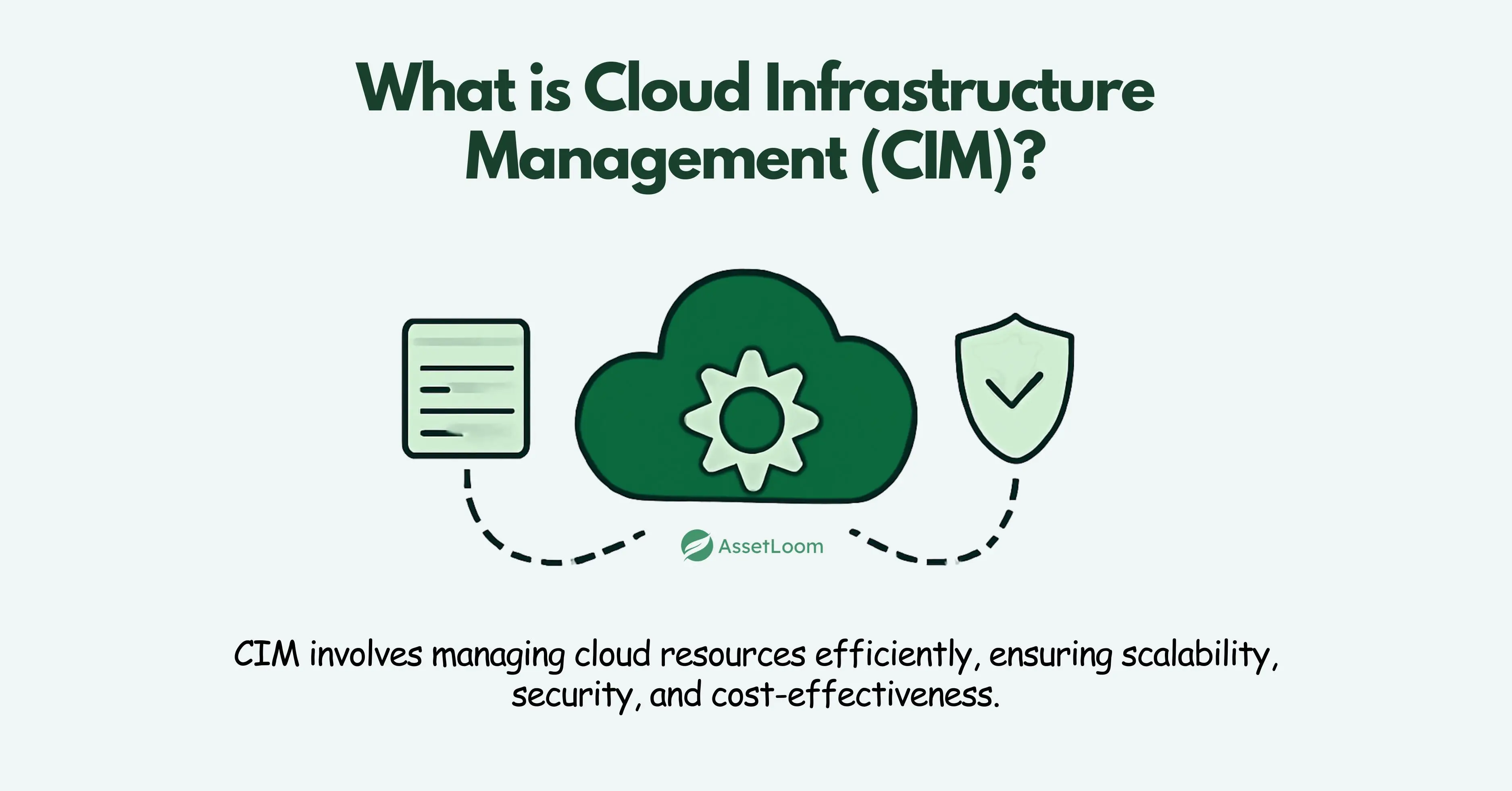
In short, Cloud Infrastructure Management helps ensure your cloud environment is always performing well, stays secure, and is cost-efficient. It makes sure your cloud resources are available and ready when you need them, without wasting money or causing headaches.
Importance and Benefits
Cloud Infrastructure Management (CIM) plays a vital role in helping businesses stay competitive and agile, especially in today's fast-paced, digitally driven world. Its importance can be seen in several key areas:
Resource Optimization
CIM ensures that cloud resources are used efficiently, enhancing the reliability and performance of your cloud systems. By avoiding resource wastage, CIM helps maintain optimal performance under varying workloads, which is crucial for ensuring that your cloud environment can handle both peaks and troughs in demand.
Cost Control
One of the biggest advantages of CIM is cost management. By monitoring resource usage and performance, CIM helps organizations avoid over-provisioning (where more resources than necessary are allocated) and reduces the need for expensive on-site hardware upgrades. In fact, effective cloud management can result in cost savings of up to 70%, helping businesses recoup their initial cloud investments in a matter of weeks. With CIM, organizations can better control their cloud expenditures, ensuring that they only pay for what they actually use.
Security and Compliance
CIM plays a crucial role in maintaining the security of cloud environments. It provides essential features such as encryption, compliance monitoring, and access controls to ensure that cloud resources meet security standards and adhere to regulatory requirements. This is especially important as businesses deal with sensitive data and face ever-increasing security threats.
Scalability and Flexibility
CIM enables businesses to scale their cloud resources as needed, without the physical constraints of on-premise hardware. Whether operating in a public, private, or hybrid cloud environment, CIM makes it easy to adjust resources based on demand. This flexibility allows organizations to grow and adapt quickly, making CIM an essential tool for businesses that need to respond to market changes and shifting demands.
Key Components of Cloud Infrastructure Management
Effective Cloud Infrastructure Management (CIM) involves several key components that work together to ensure the cloud environment runs smoothly. Here’s a breakdown of these components:
| Component | Description |
|---|---|
| Hardware Resources | Physical servers, storage devices, and networking equipment that power the cloud infrastructure. This includes data centers, physical machines, and the hardware that supports cloud operations. |
| Software Resources | Operating systems, management software, and virtualization tools that enable the creation and management of virtual environments. This includes cloud management platforms and software that orchestrates workloads and processes. |
| Networking Resources | Tools like load balancers, network switches, and communication channels that manage data traffic between cloud resources. This ensures efficient communication within the cloud and between users and services. |
| Management Practices | Processes for provisioning, monitoring, scaling, and decommissioning resources. This includes tasks such as resource allocation, adjusting for demand, ensuring uptime, and decommissioning outdated resources when they are no longer needed. |
| Tools and Technologies | Automation tools (like Infrastructure as Code), monitoring systems, security solutions, and cost management tools. These technologies help automate tasks, monitor cloud performance, ensure security, and track expenses, allowing businesses to optimize their cloud operations. |
The lifecycle of cloud infrastructure
The lifecycle of cloud infrastructure, as managed by Cloud Infrastructure Management (CIM), involves three primary stages: Provisioning, Operation, and Decommissioning. Each stage plays a key role in ensuring the cloud environment is efficient, secure, and aligned with business goals. Let’s break down each phase:
1. Provisioning
Provisioning refers to the process of creating cloud resources. In this stage, resources like virtual machines, storage, and networking are set up to meet the business needs. Automation tools, such as Infrastructure as Code (IaC), are used to streamline and accelerate the provisioning process, ensuring consistency and reducing the risk of errors.
By automating the provisioning process, organizations can quickly deploy new cloud environments, making it easier to adapt to changing demands. This phase is all about setting up resources that will support the applications and services your business relies on.
2. Operation
Once the resources are deployed, the focus shifts to operation. This stage involves managing the running cloud infrastructure to ensure that it remains secure, cost-effective, and performs at its best. Key activities include:
- Cost management: Continuously monitoring and optimizing resource usage to avoid over-provisioning and reduce unnecessary spending.
- Performance optimization: Tracking metrics like CPU usage, storage capacity, and network latency to ensure cloud resources are operating efficiently.
- Security: Applying updates, patches, and security measures to protect the cloud environment from vulnerabilities and threats.
- Scalability and observability: Ensuring that the system can scale up or down as needed based on demand and maintaining visibility into resource usage and performance metrics.
During the operation phase, CIM ensures that the cloud environment is aligned with the business’s objectives, handling fluctuating demands and keeping the system running smoothly.
3. Decommissioning
When resources are no longer needed, they must be properly decommissioned. This process involves safely retiring cloud resources, ensuring that any sensitive data is securely deleted, and minimizing ongoing costs by removing unused resources. Proper decommissioning helps avoid waste and ensures compliance with data security standards.
This phase is crucial for maintaining cost efficiency and ensuring that cloud infrastructure doesn’t grow unnecessarily, contributing to long-term savings and operational efficiency.
In summary, the lifecycle of cloud infrastructure involves provisioning resources, operating them efficiently, and decommissioning them when they are no longer needed. By following this structured approach, organizations can maintain cost efficiency, scalability, and security throughout the lifecycle of their cloud resources.
Read also: 7 Practical Tips to Improve Your IT Asset Lifecycle Management Processes.
Distinguishing CIM from Related Concepts
Cloud Infrastructure Management (CIM) is a distinct practice, though it shares common ground with other cloud-related concepts. Understanding how CIM differs from related practices like Cloud Management, Infrastructure as a Service (IaaS), DevOps, and Traditional IT Management is essential for knowing where CIM fits into the broader landscape of cloud computing. Here’s a closer look at how CIM differs from these related concepts:
1. Cloud Management vs. CIM
While cloud management refers broadly to overseeing all aspects of cloud services—covering applications, platforms, and infrastructure—CIM specifically focuses on managing the cloud infrastructure itself. Cloud management includes tasks like managing virtual machines, storage, and networking, but it can also involve monitoring and managing software and services that run on top of the infrastructure.
In other words, CIM is a subset of cloud management that hones in on the physical and virtual resources, ensuring they are running efficiently and securely. Cloud management, on the other hand, may include additional focus on the application layer, user access, and higher-level services.
2. Infrastructure as a Service (IaaS) vs. CIM
Infrastructure as a Service (IaaS) is a cloud service model that provides virtualized computing resources over the internet. While IaaS gives businesses the flexibility to rent cloud infrastructure rather than owning it, CIM focuses on managing and optimizing those resources once they are provisioned.
In short, IaaS provides the hardware and virtual machines, and CIM is the ongoing practice of overseeing and optimizing how those resources are used. CIM ensures that the infrastructure provided through IaaS is cost-effective, secure, and scalable, aligning it with business needs.
3. DevOps vs. CIM
DevOps is a set of practices aimed at automating and integrating the processes of software development and IT operations. While DevOps emphasizes collaboration, automation, and continuous integration/continuous delivery (CI/CD), CIM is primarily concerned with managing the infrastructure that supports these processes.
DevOps practices often leverage cloud resources, and CIM ensures that the underlying infrastructure for these practices runs smoothly. While DevOps focuses on application delivery and integration, CIM focuses on ensuring the cloud infrastructure is available, secure, and scalable to support these initiatives.
4. Traditional IT Management vs. CIM
Traditional IT management typically involves managing on-premise servers, storage, and networks. This contrasts with CIM, which deals with cloud-based resources. Unlike traditional IT management, where resources are physically owned and maintained on-site, CIM involves managing virtualized and remote cloud resources, often from a third-party provider.
CIM allows for greater flexibility, scalability, and efficiency compared to traditional IT management, which requires businesses to handle hardware, maintenance, and upgrades in-house. CIM, on the other hand, takes advantage of cloud providers’ infrastructure and tools, enabling businesses to scale more easily and focus on strategic goals rather than hardware maintenance.
Conclusion
Cloud Infrastructure Management (CIM) is essential for optimizing, securing, and managing cloud resources. By focusing on key components like compute, storage, and networking, CIM ensures that cloud environments run efficiently and cost-effectively.
From provisioning to decommissioning, the CIM lifecycle helps businesses scale, monitor performance, and control costs while maintaining security and compliance. Understanding the distinction between CIM and related concepts like cloud management or IaaS ensures a more focused approach to managing cloud infrastructure.
In an increasingly digital world, adopting CIM practices is crucial for businesses aiming to stay competitive, reduce costs, and improve overall performance.

Subscribe for Expert Tips and Updates
Receive the latest news from AssetLoom. right in your inbox
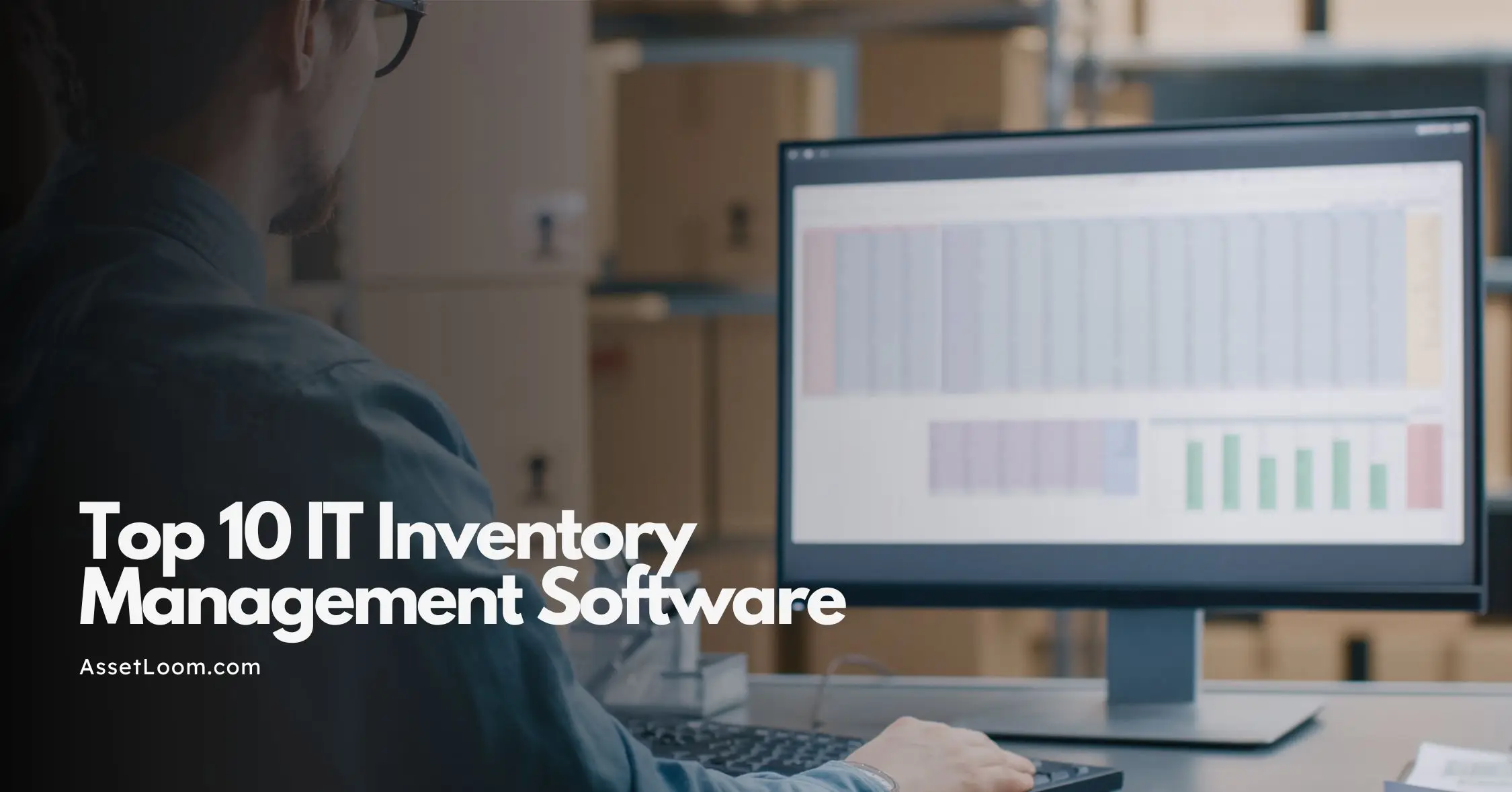
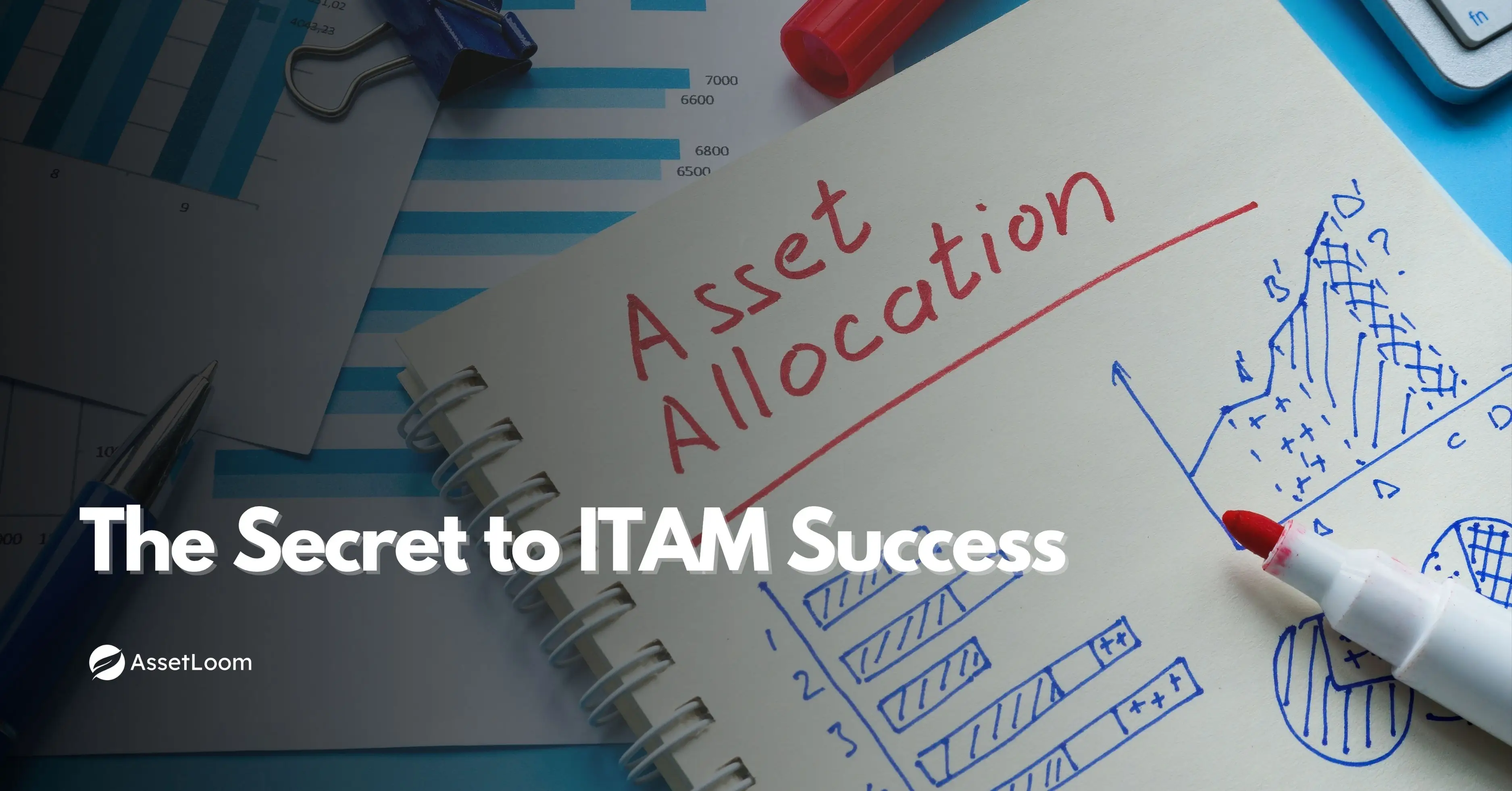





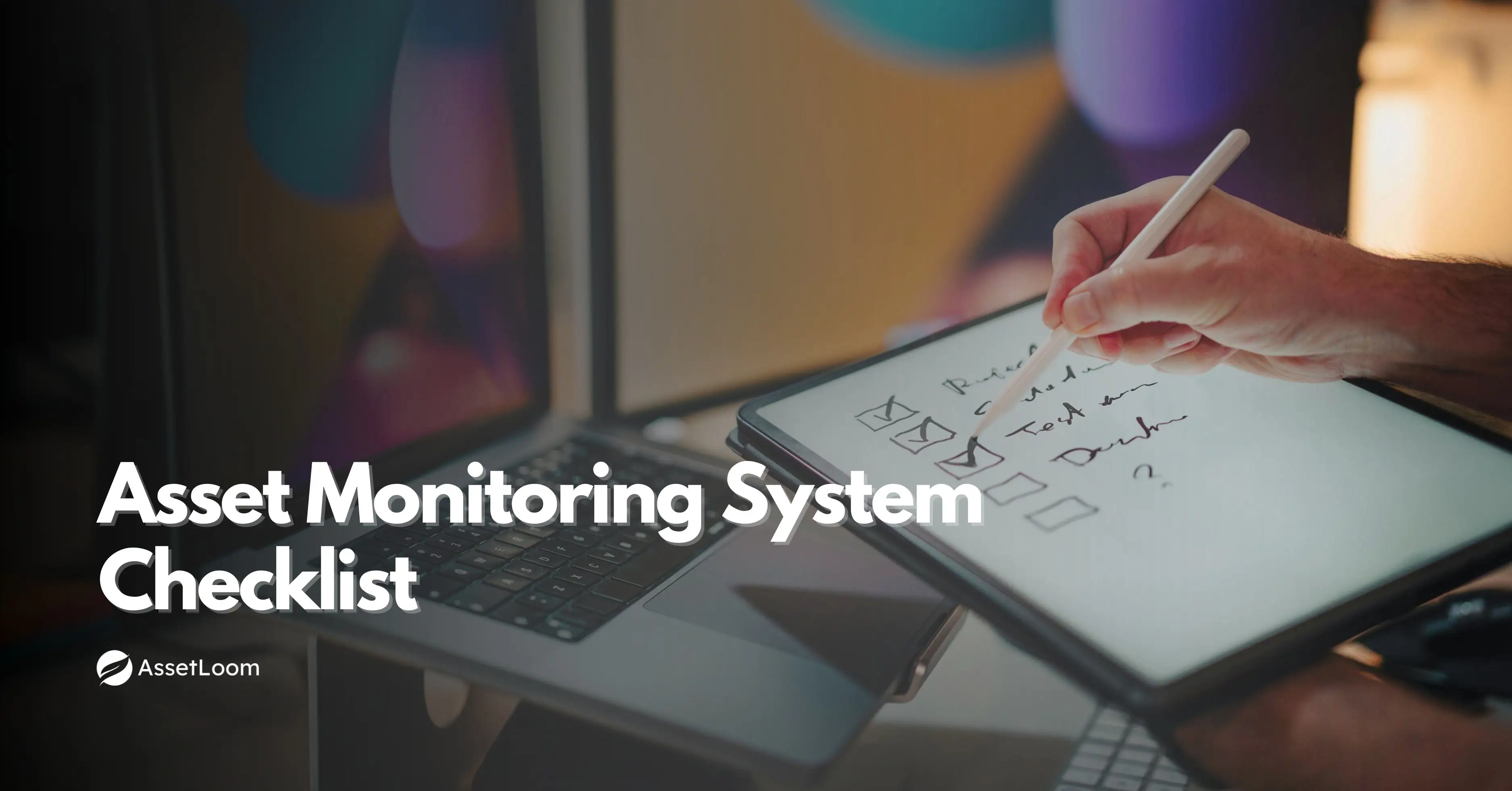






![Bring Your Own Device (BYOD) Policy Best Practices [FREE TEMPLATE]](https://assetloom.com/marketing/blog/bring-your-own-device-policy-best-practices.webp)


![Top 10 Cloud Asset Management Software for Modern Businesses [2025 Updated]](https://assetloom.com/marketing/blog/cloud-asset-management-software.png)
